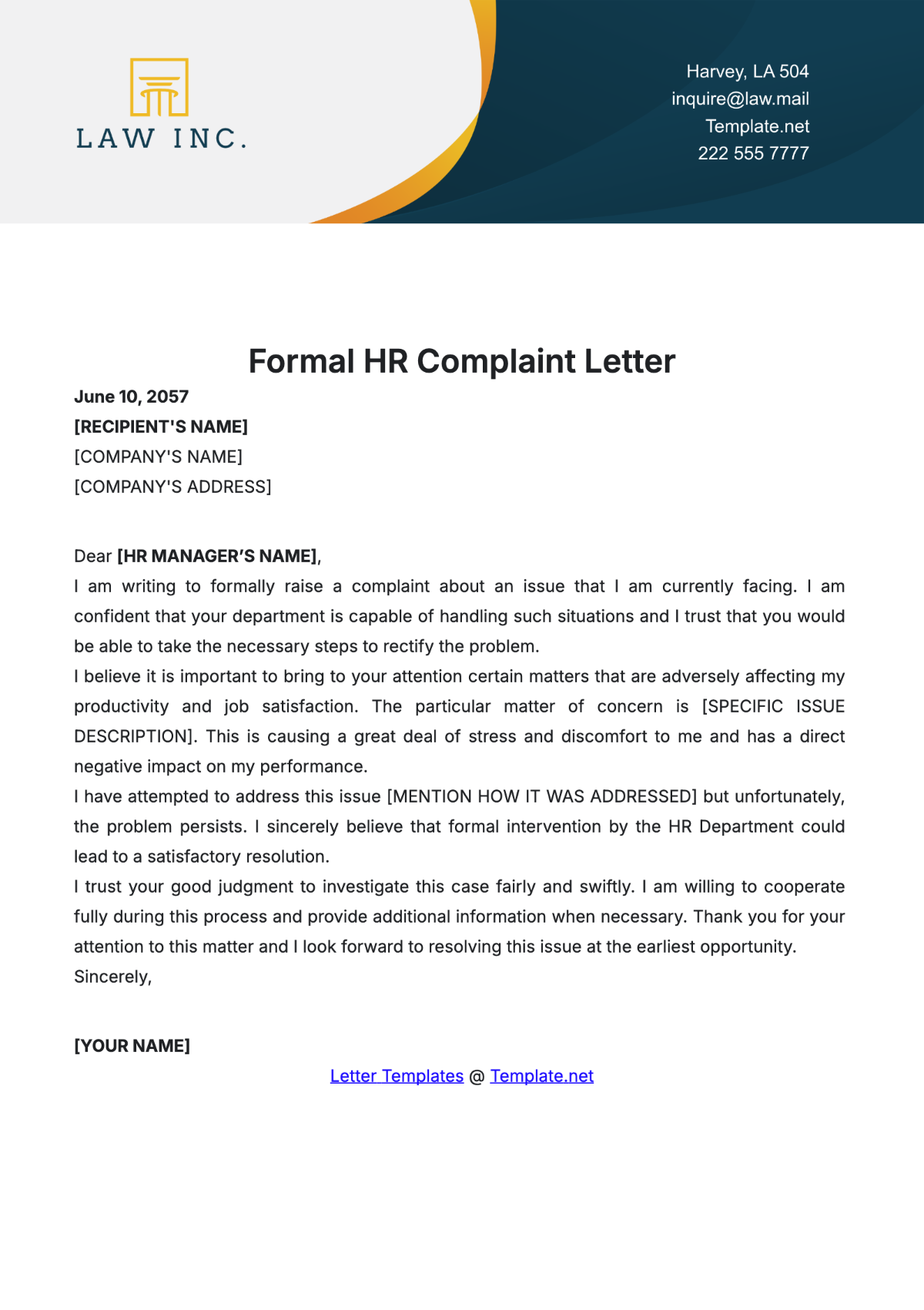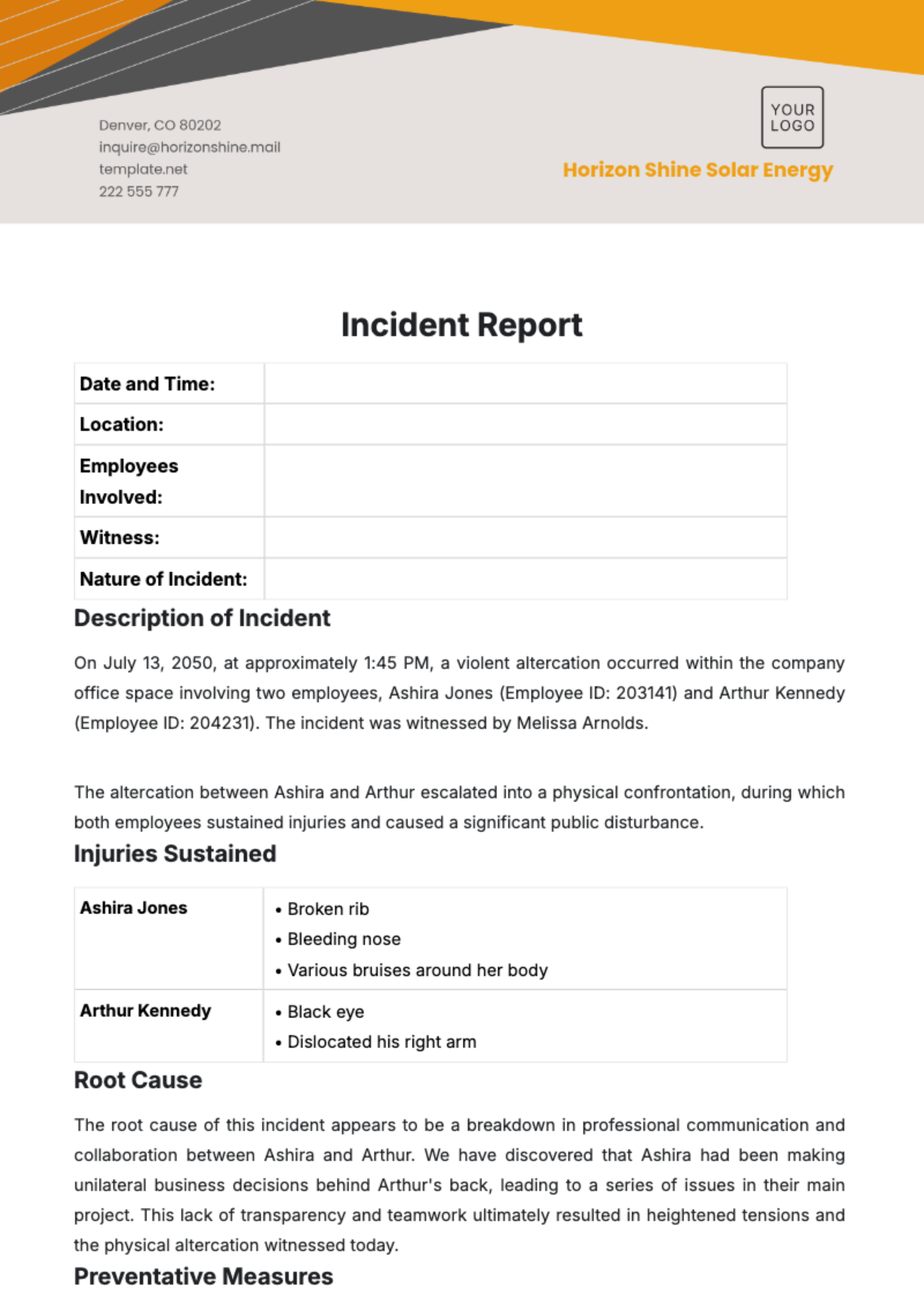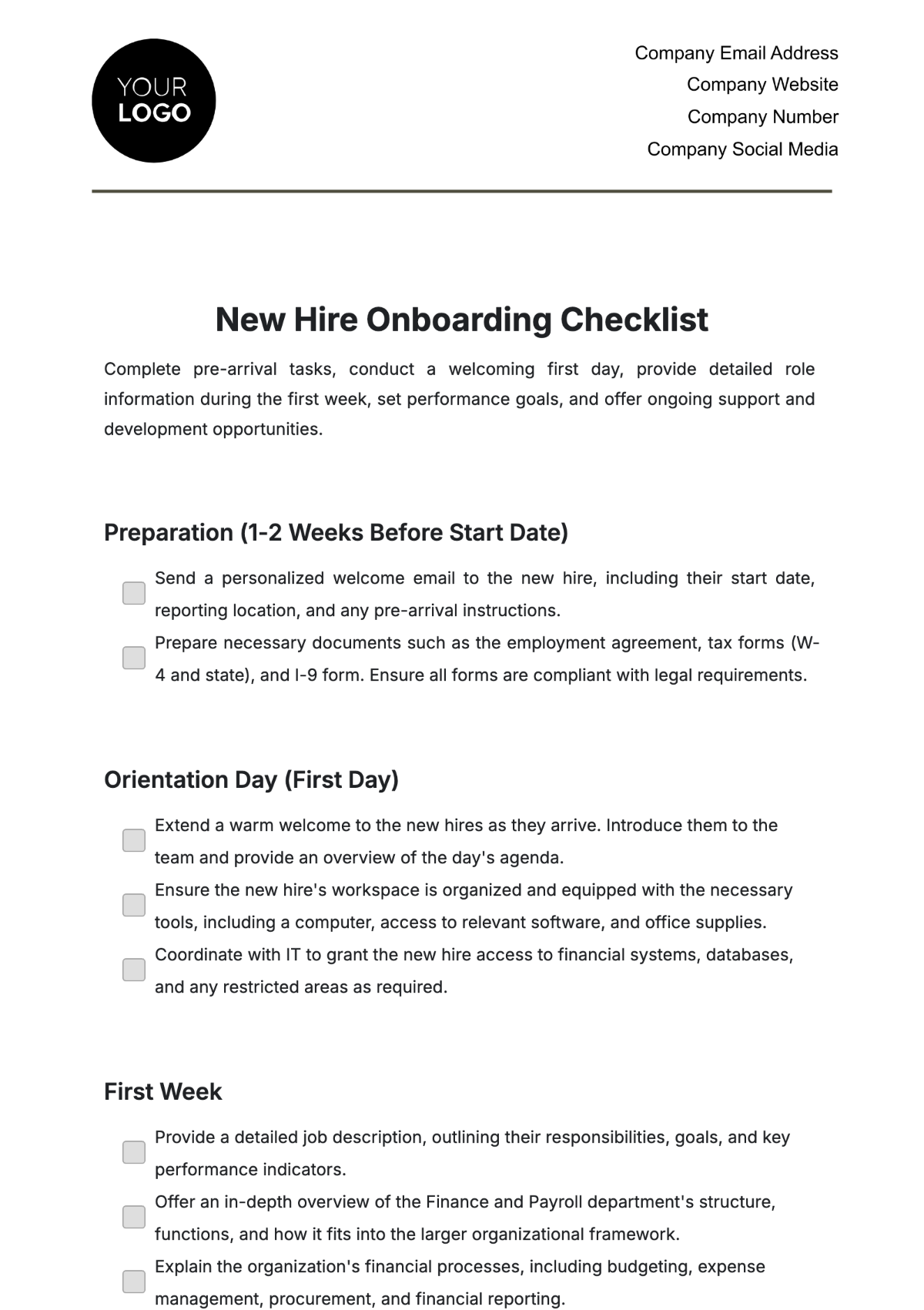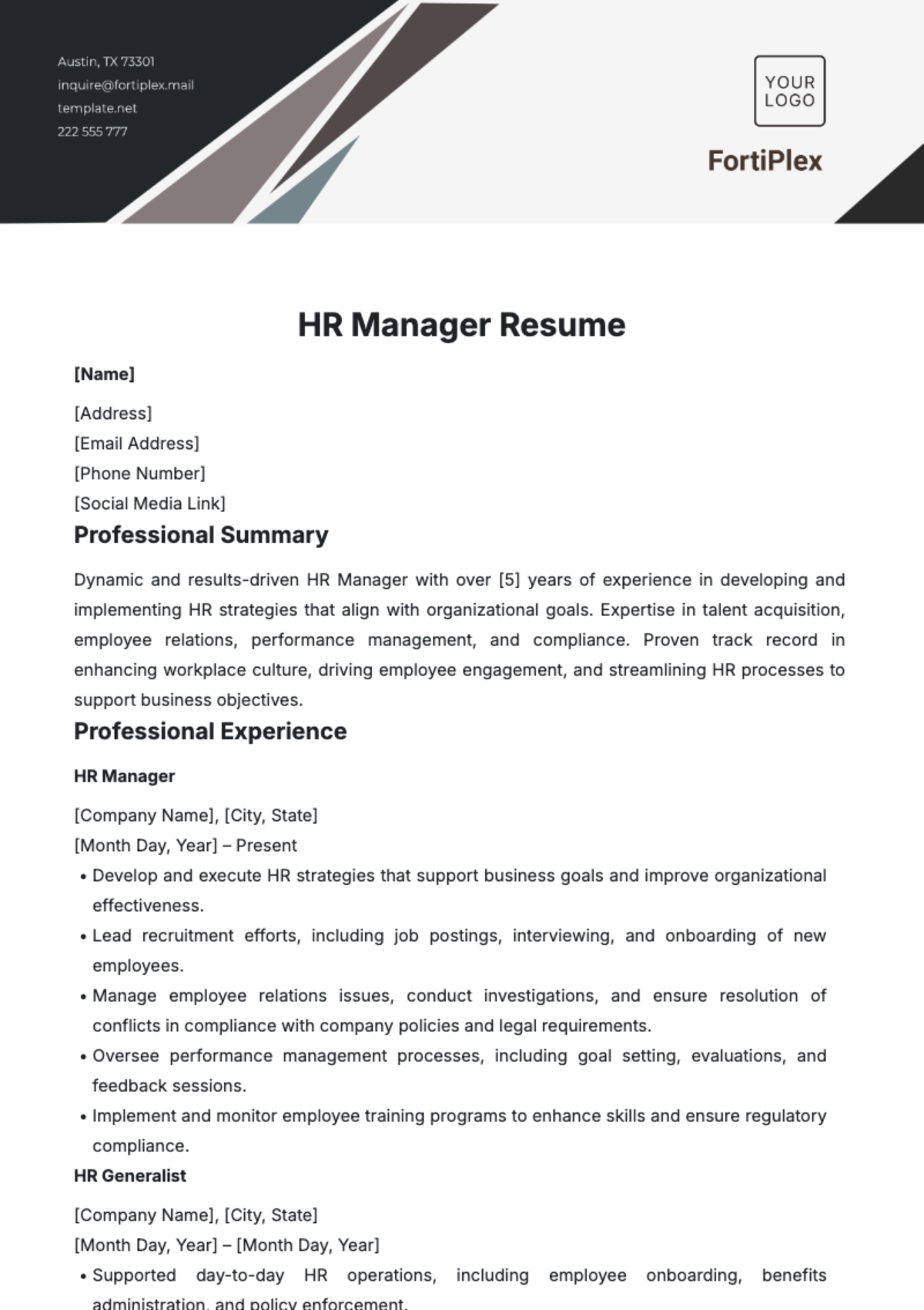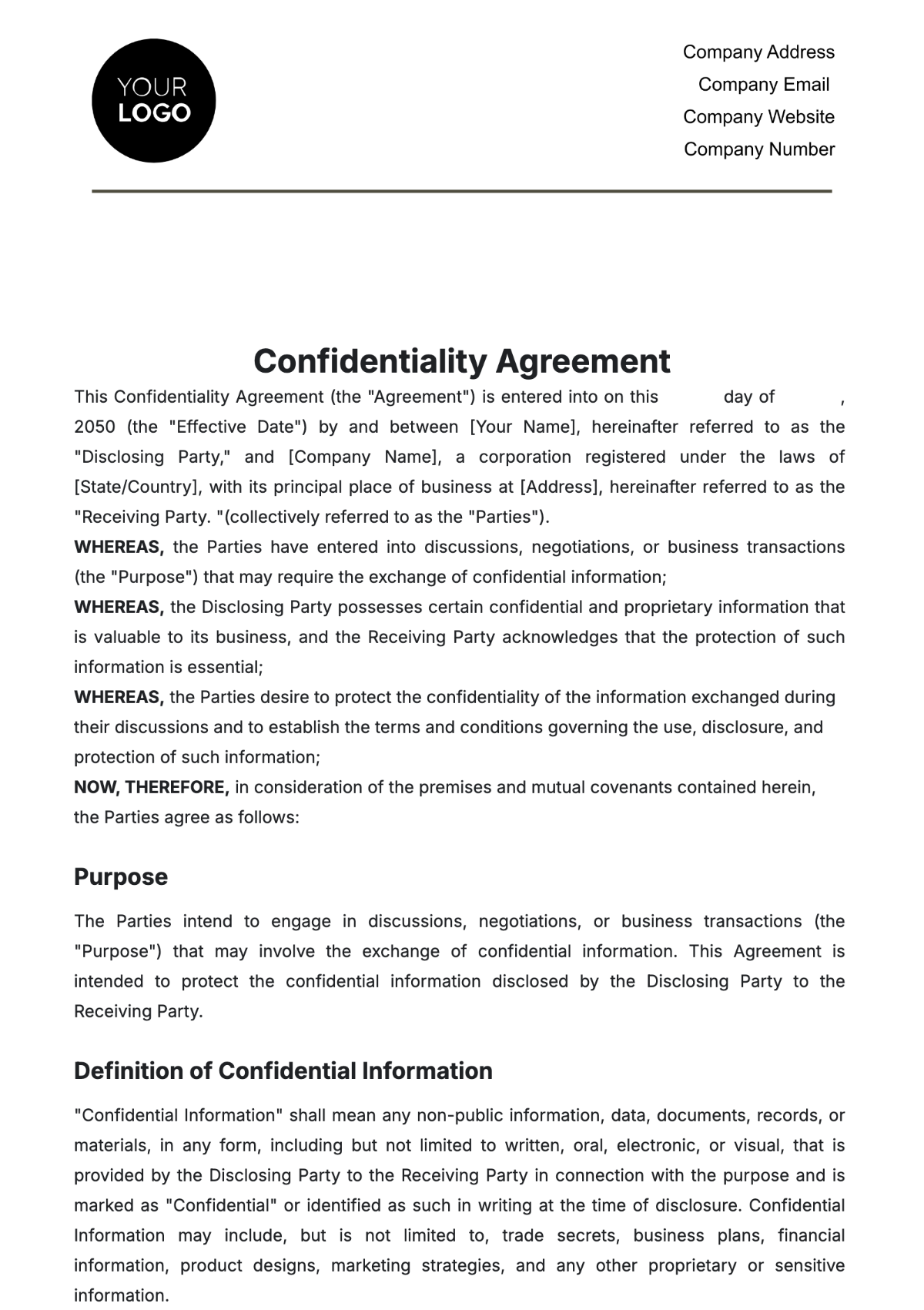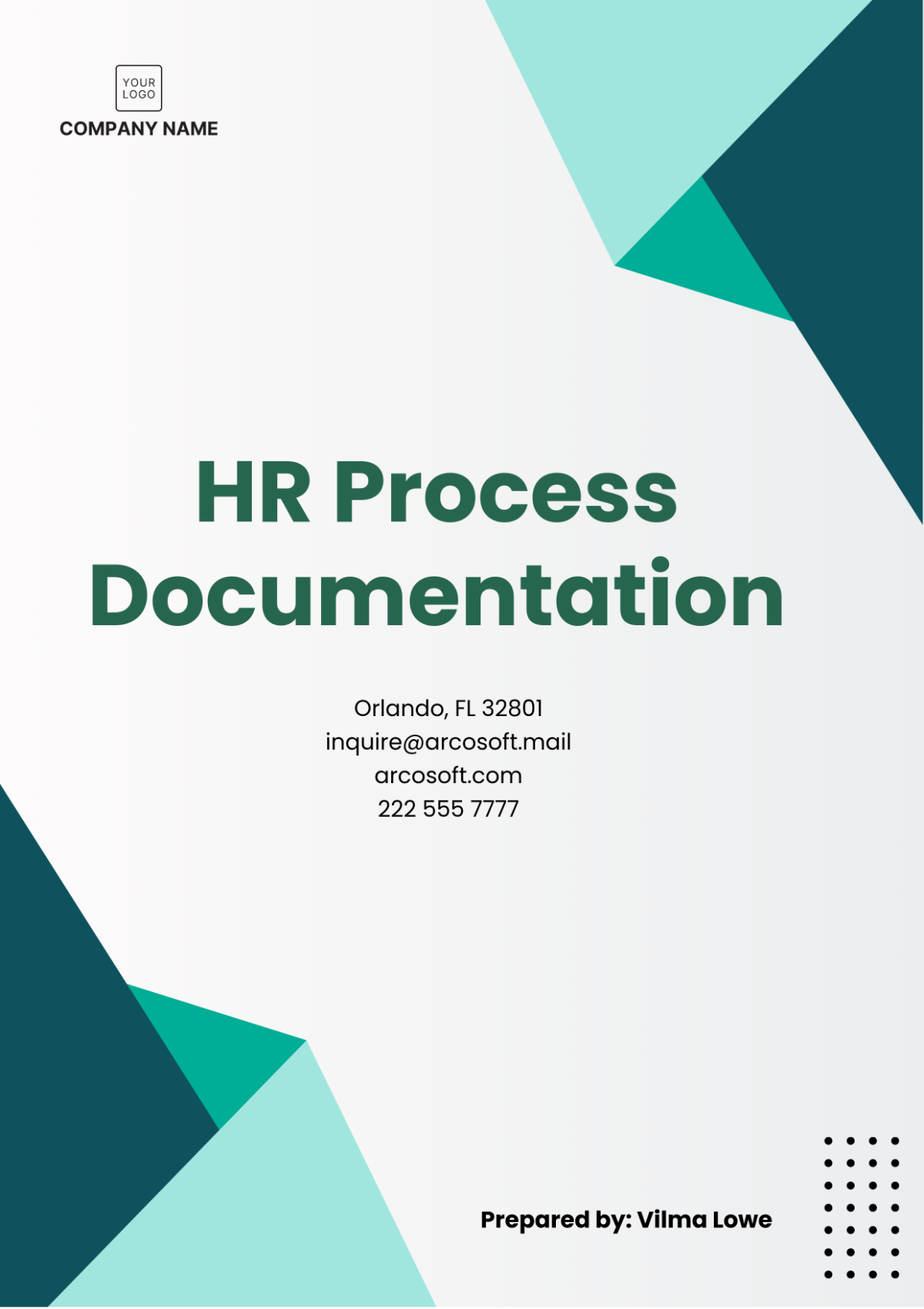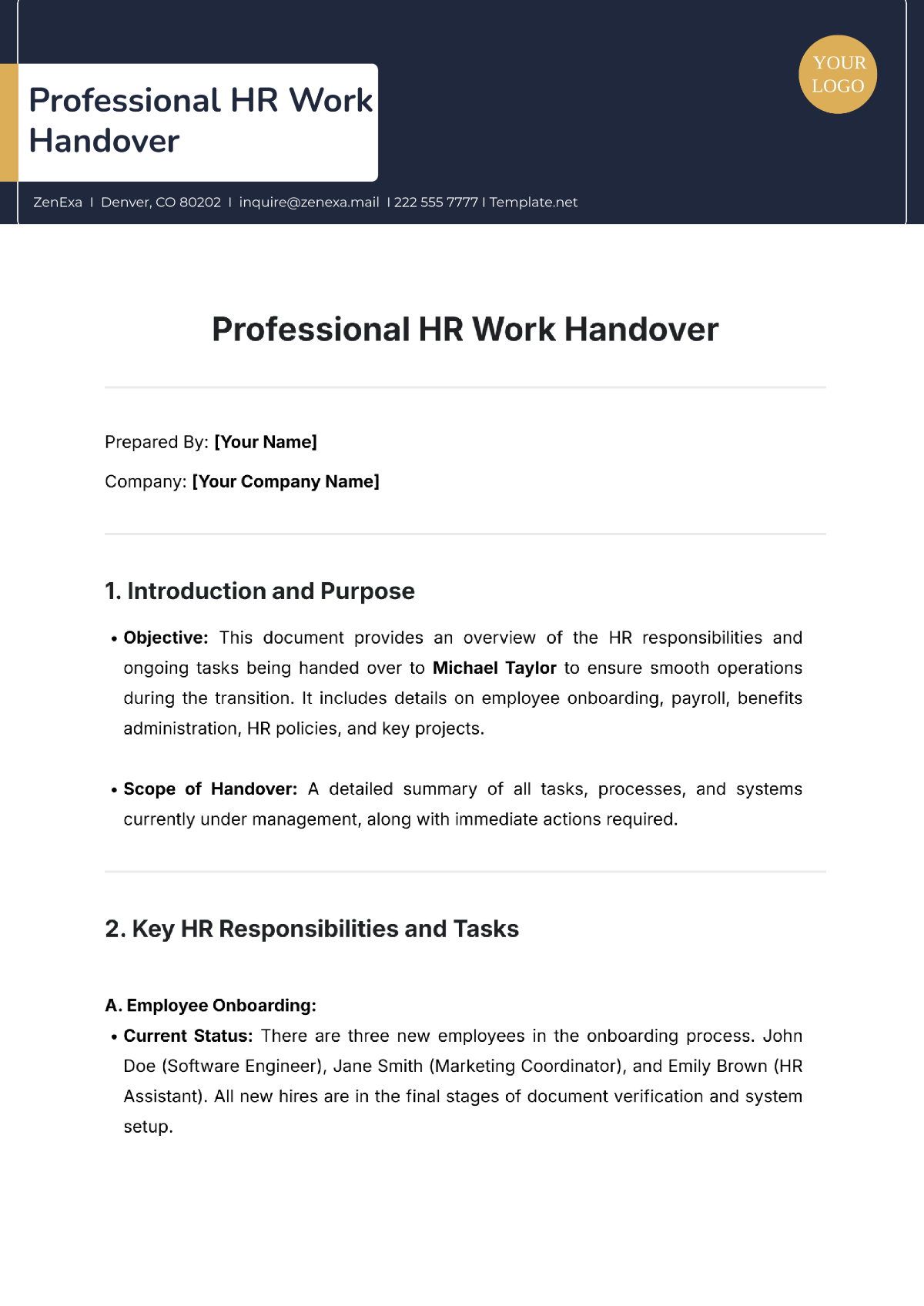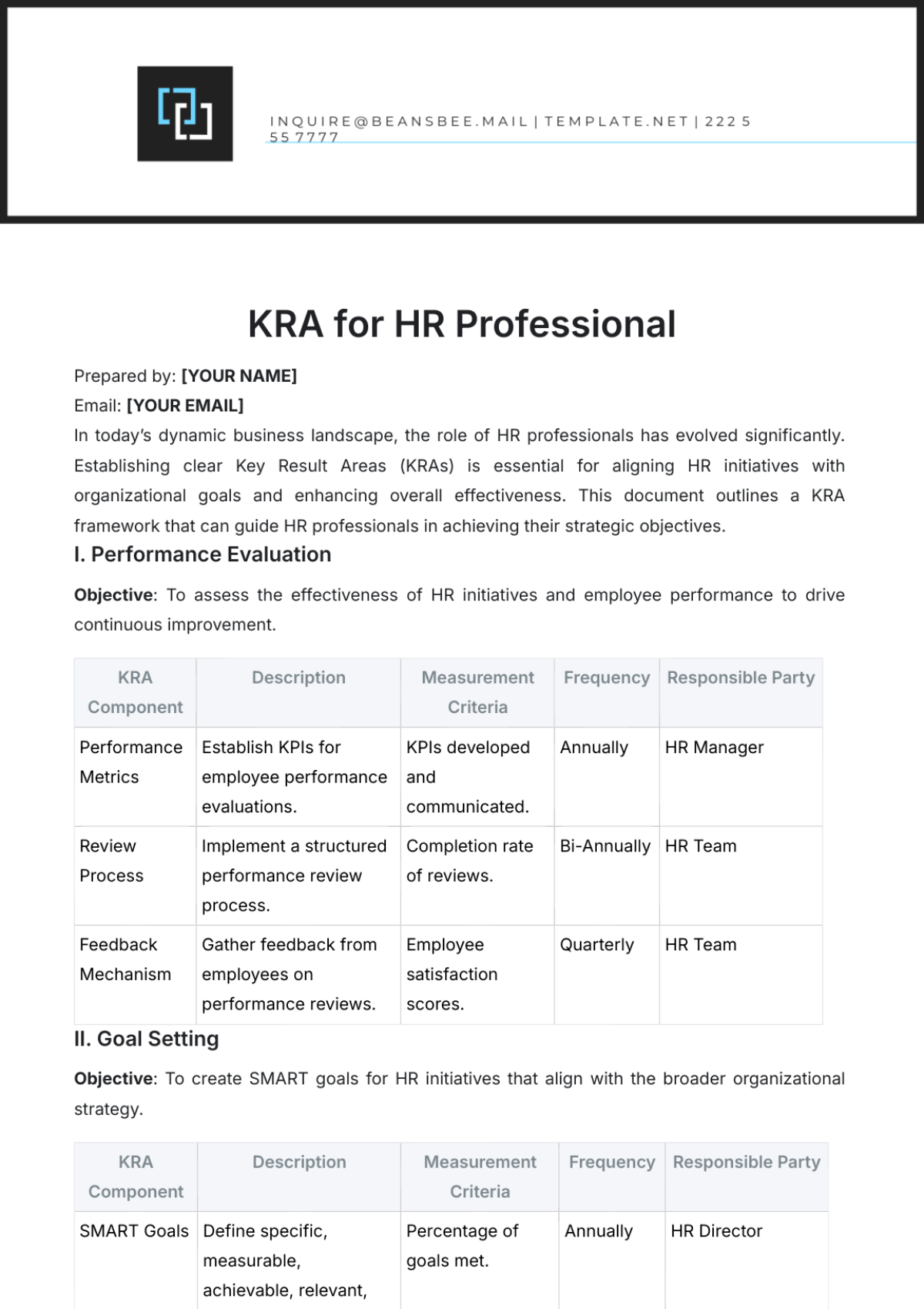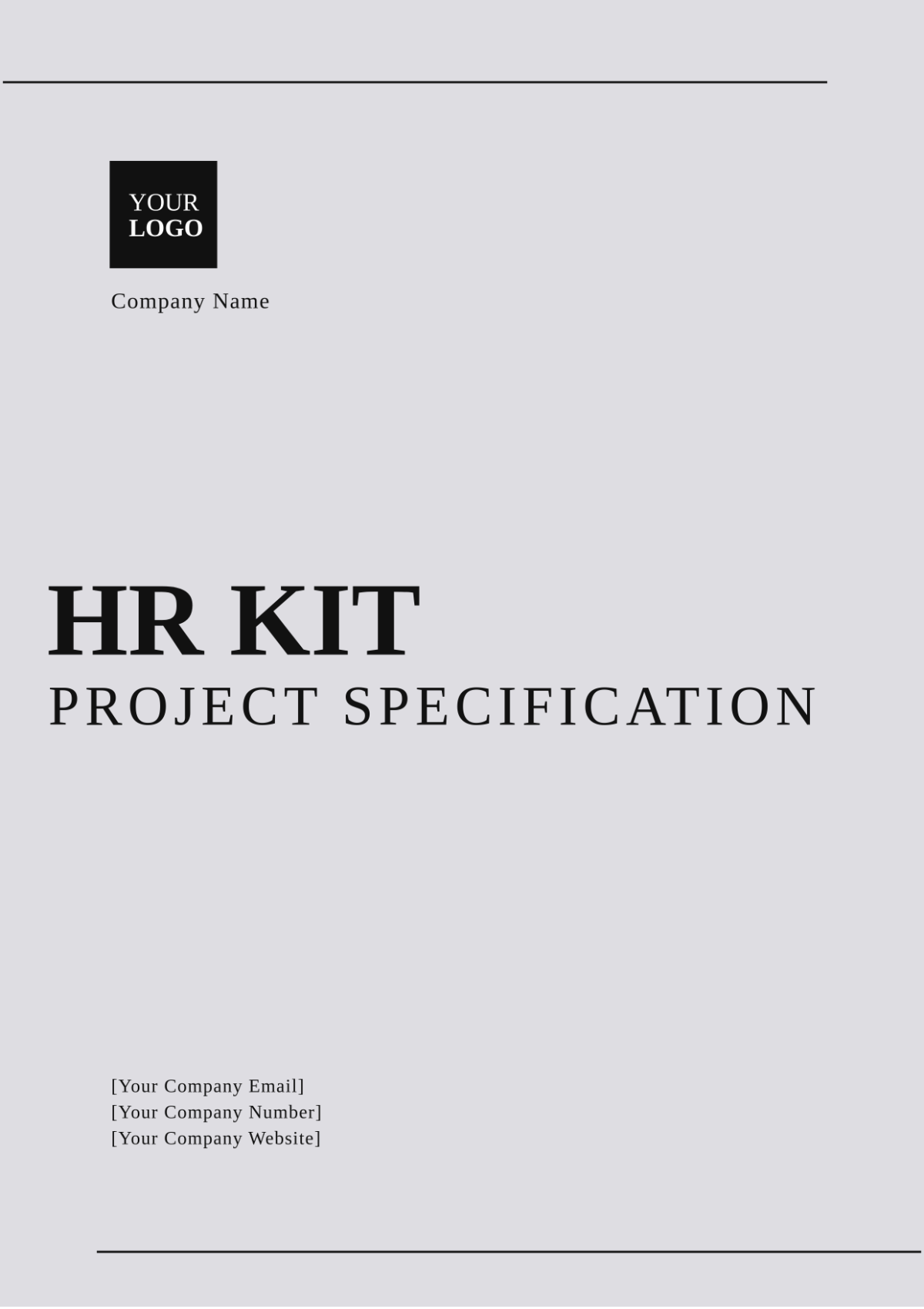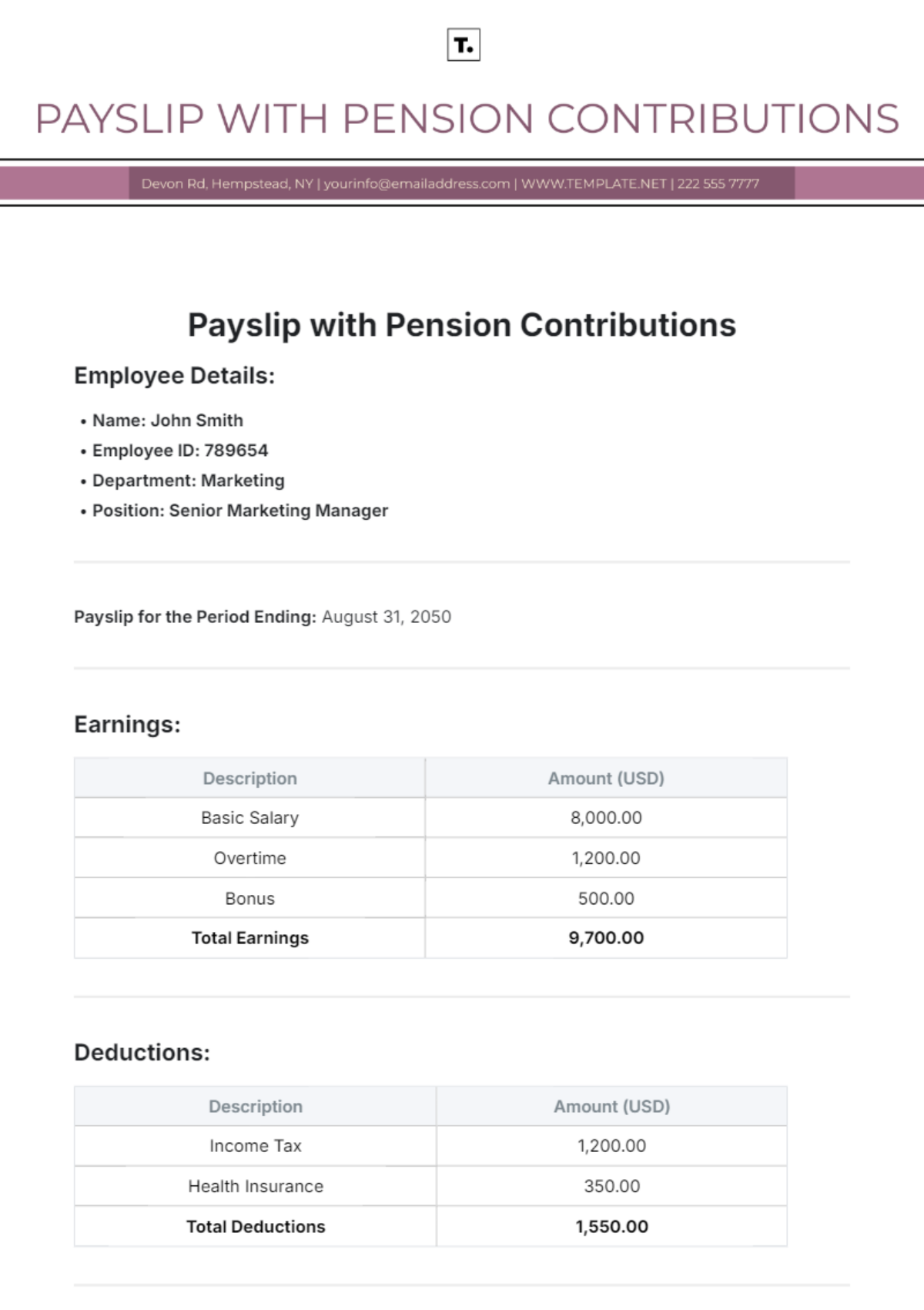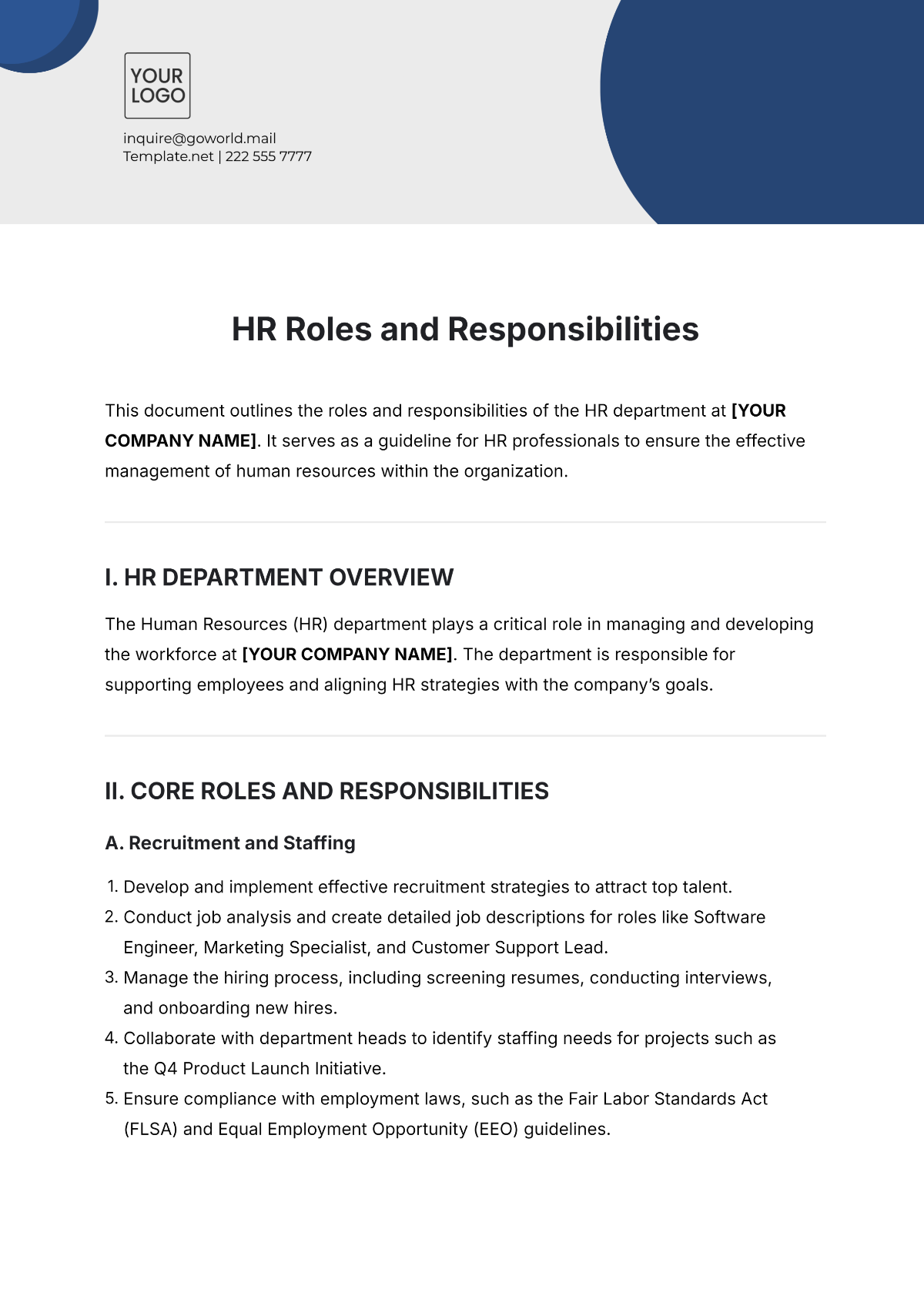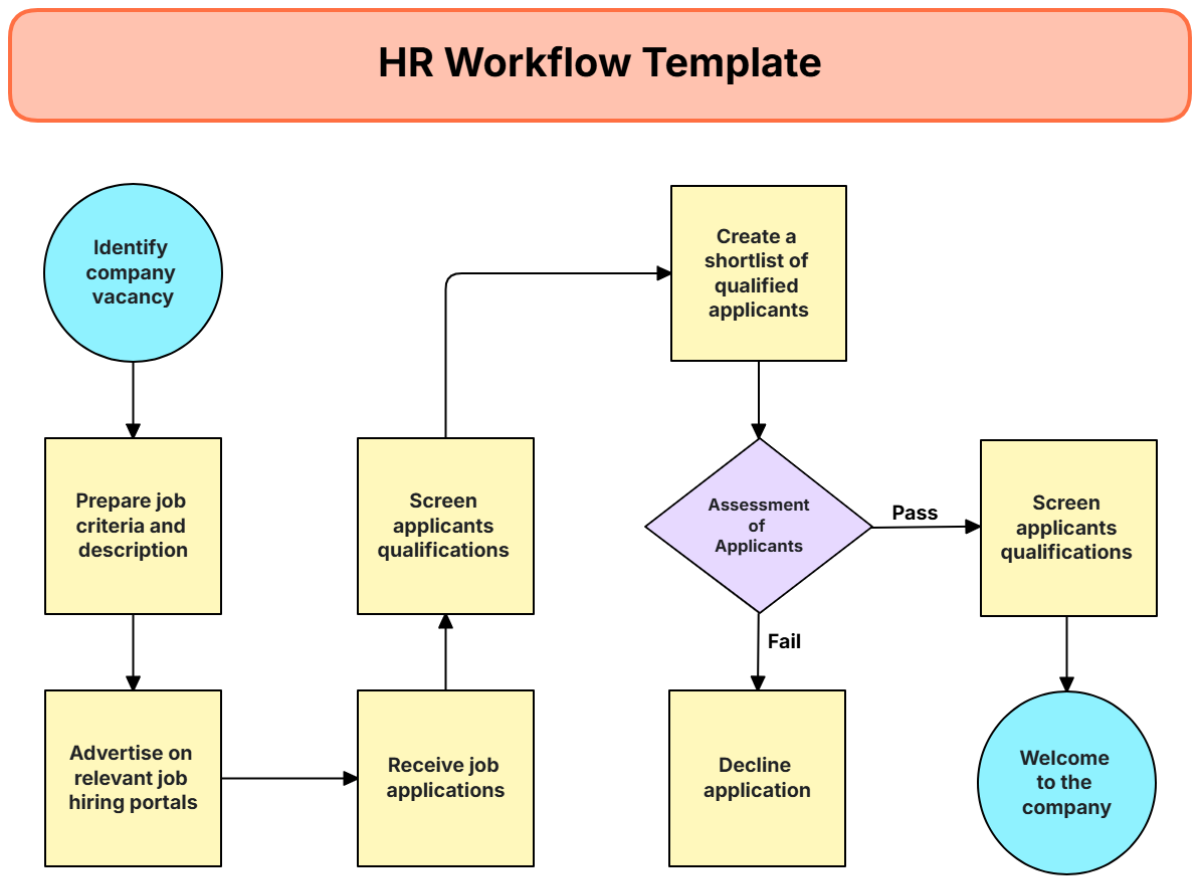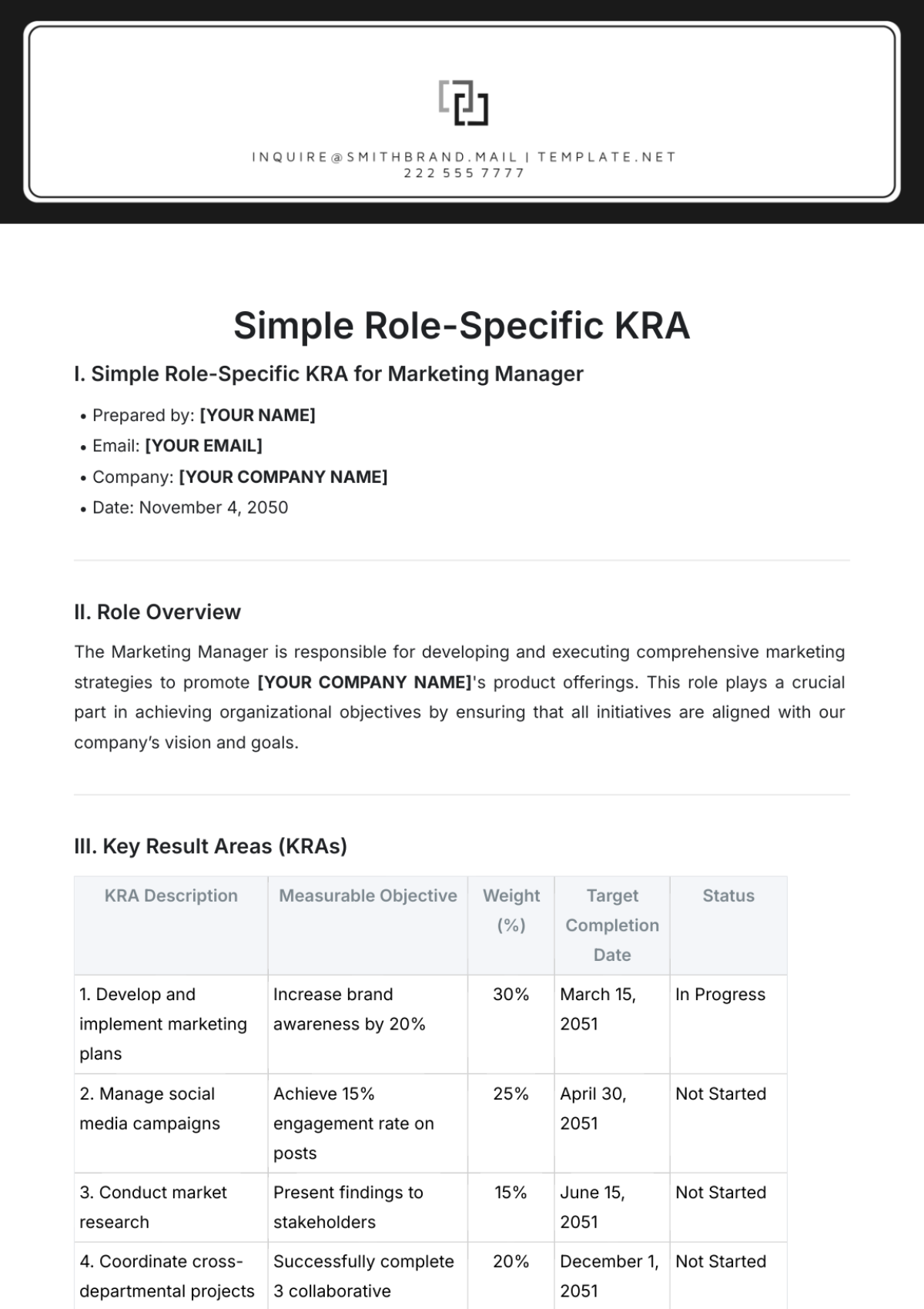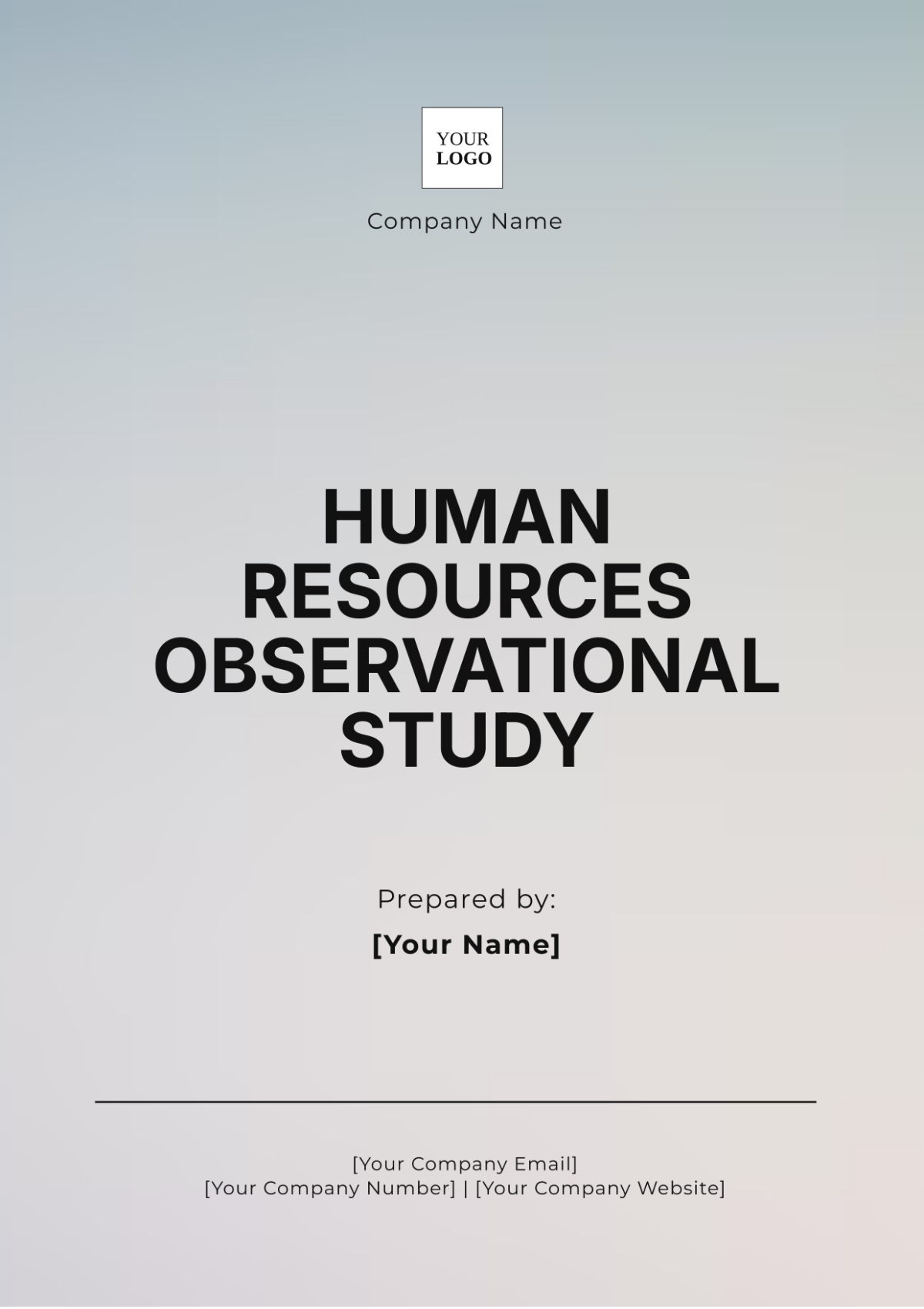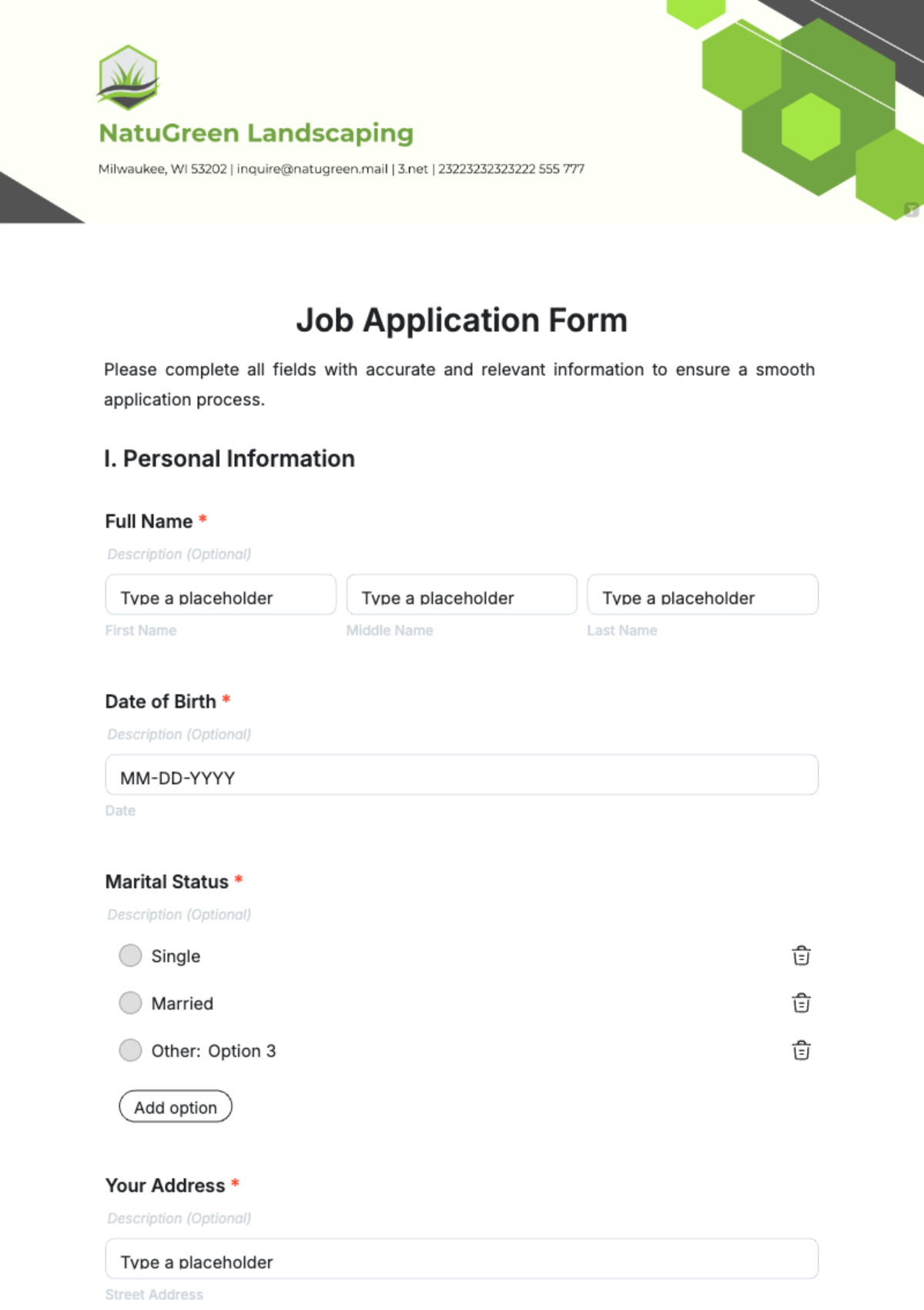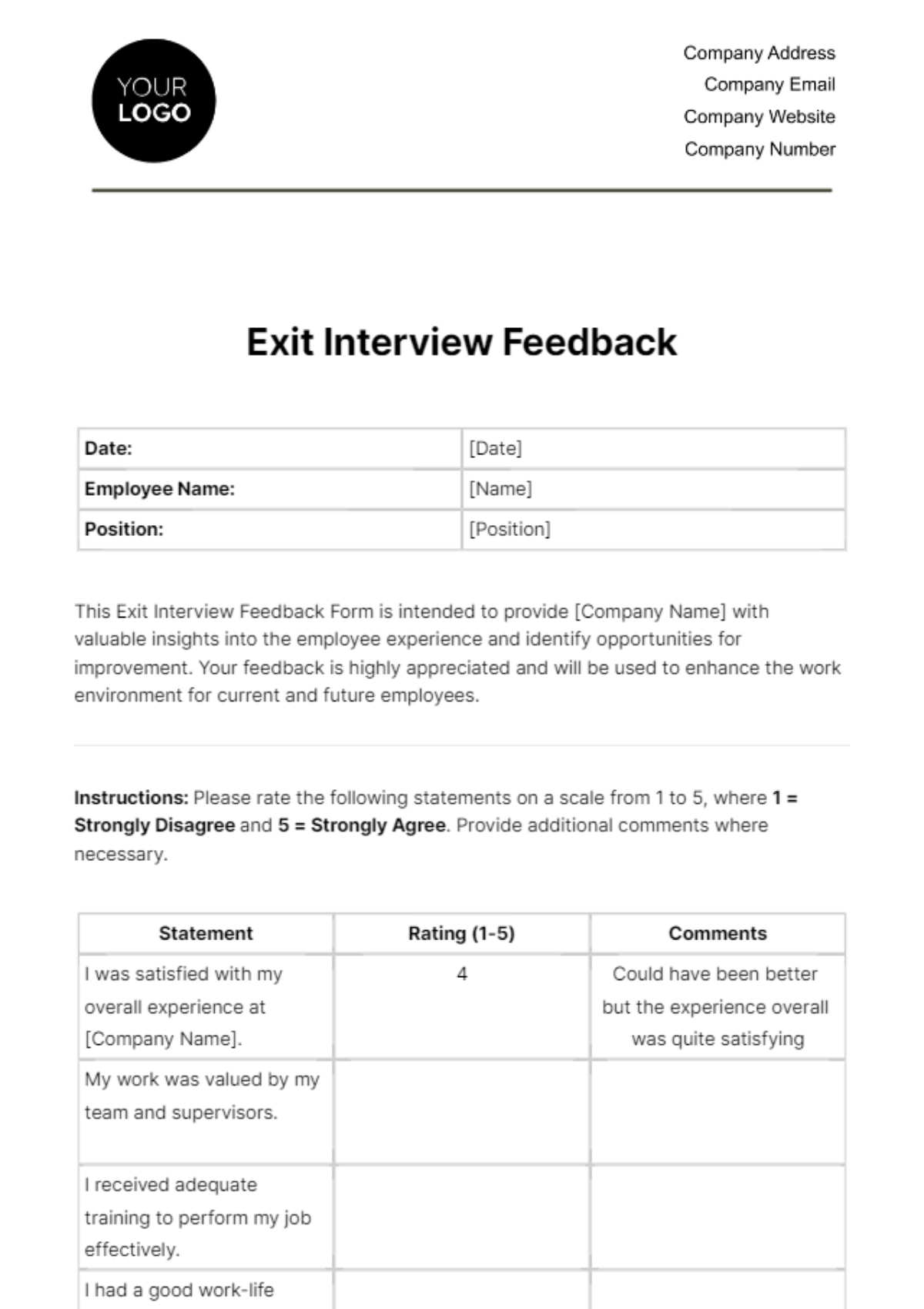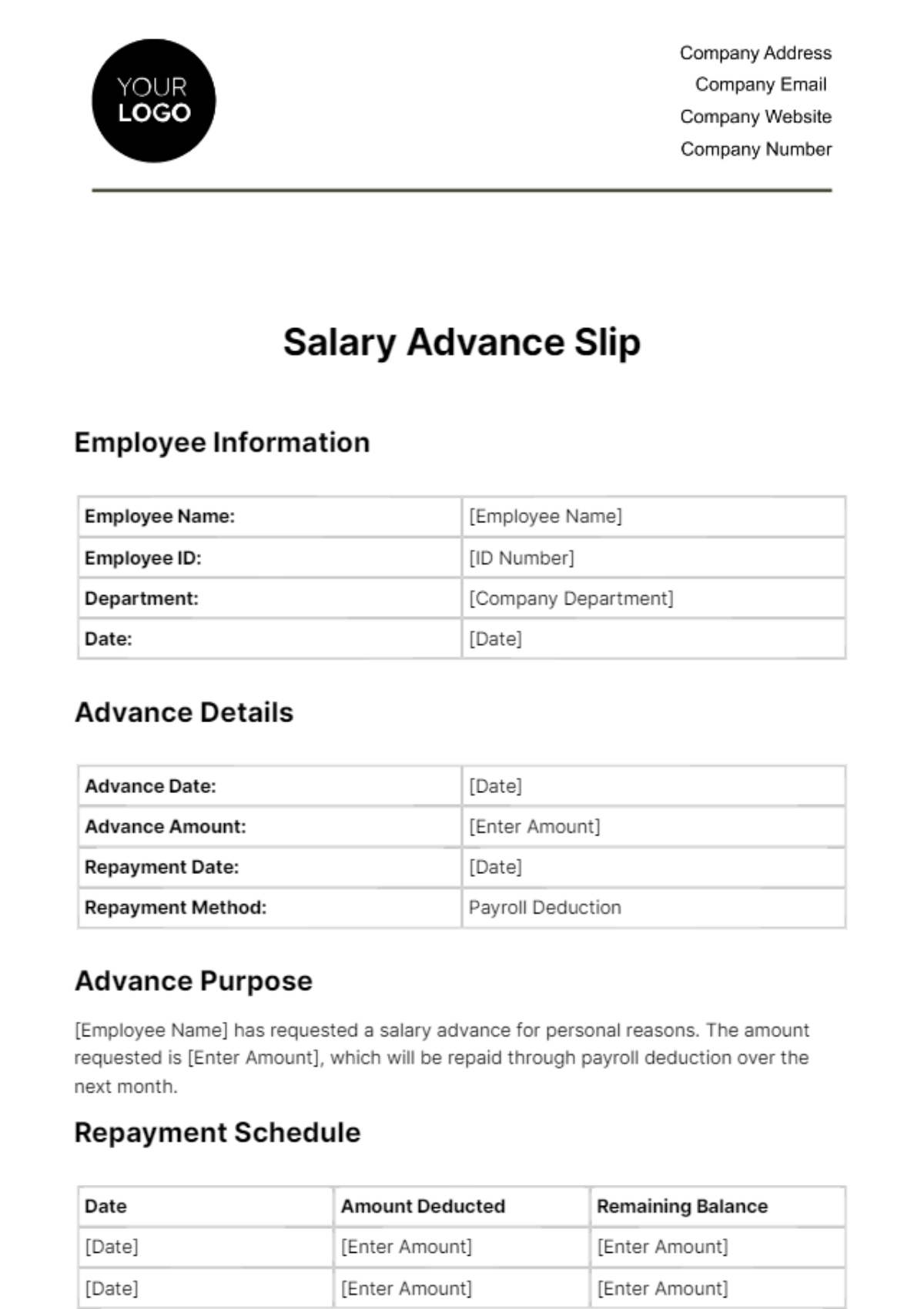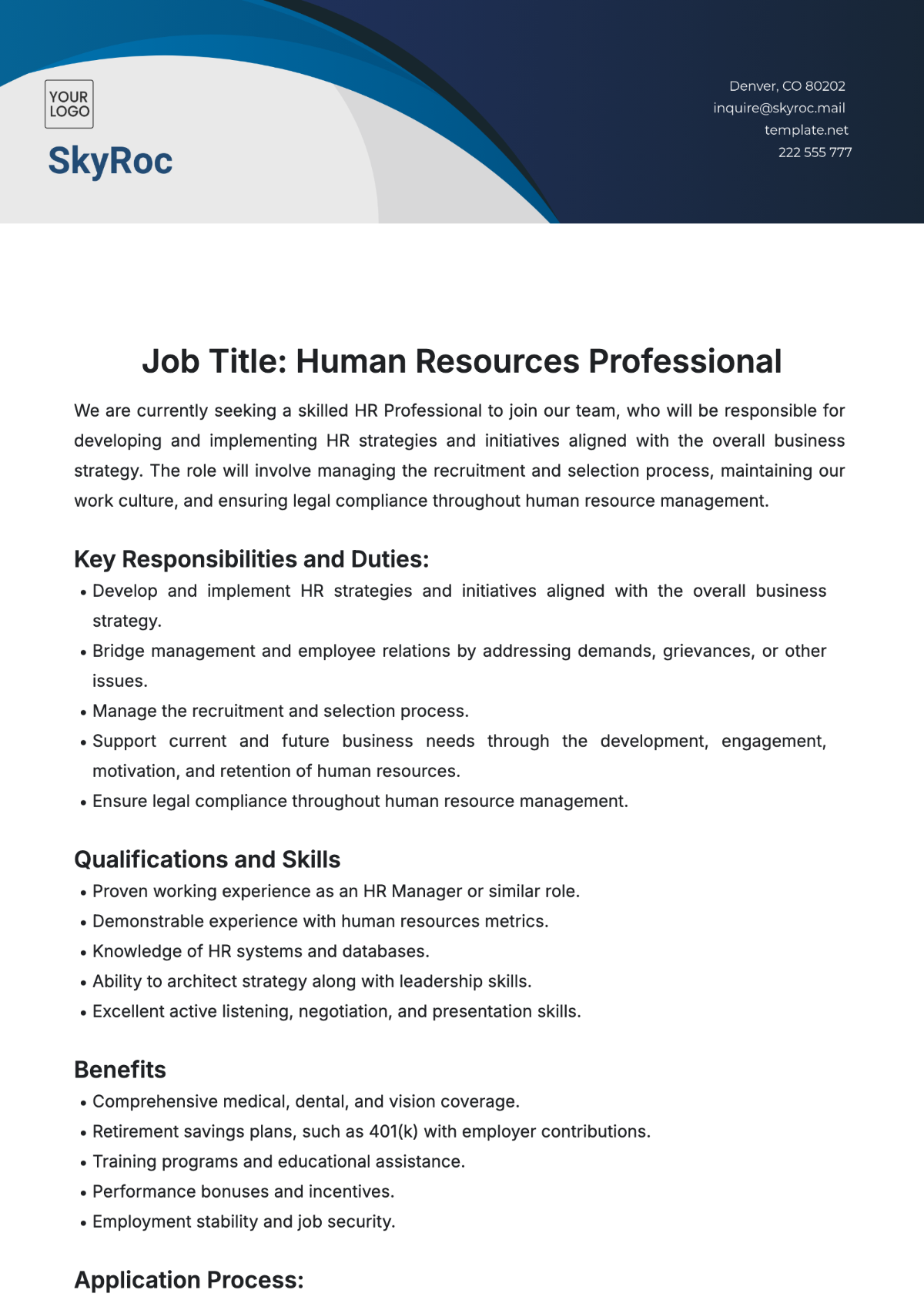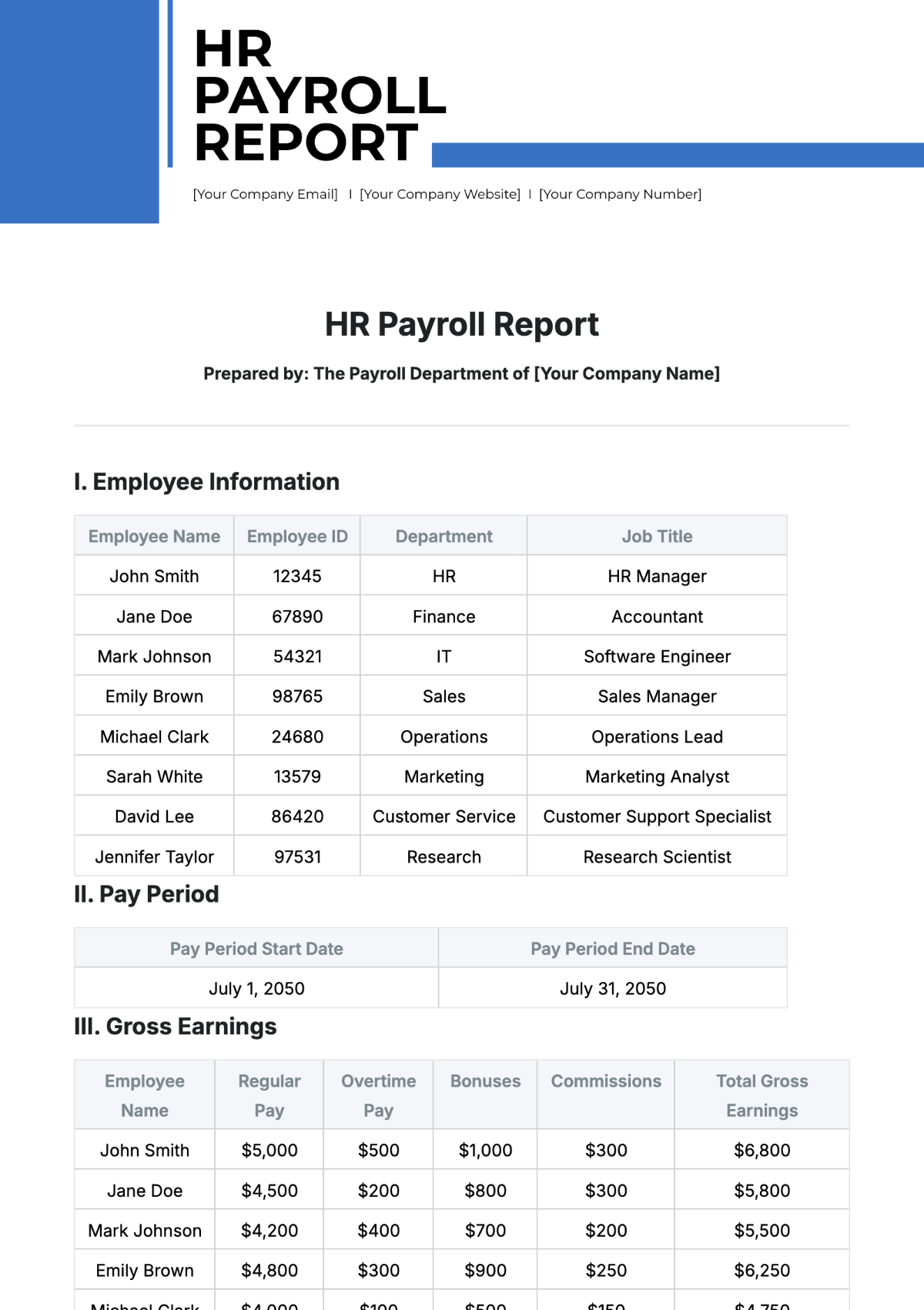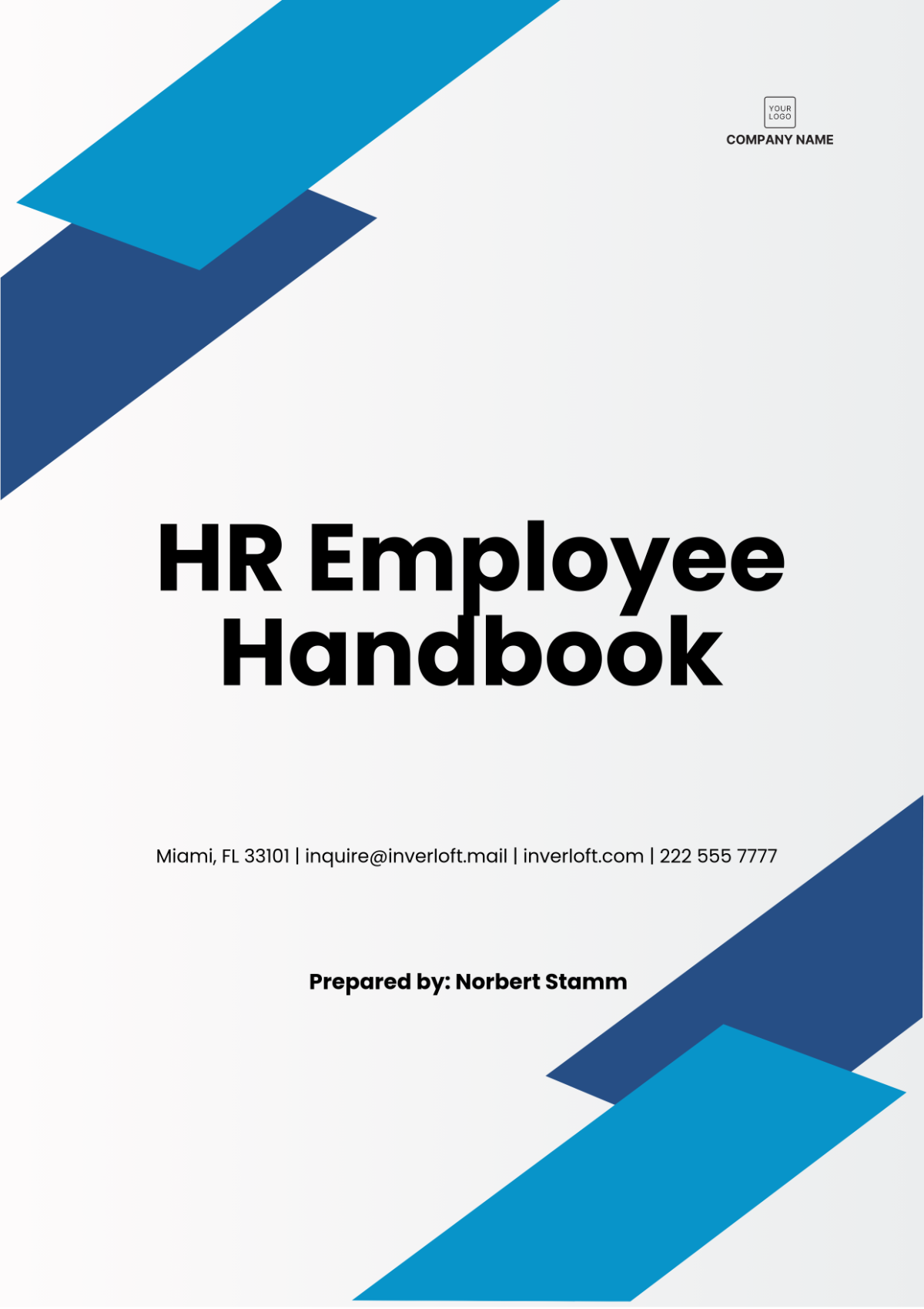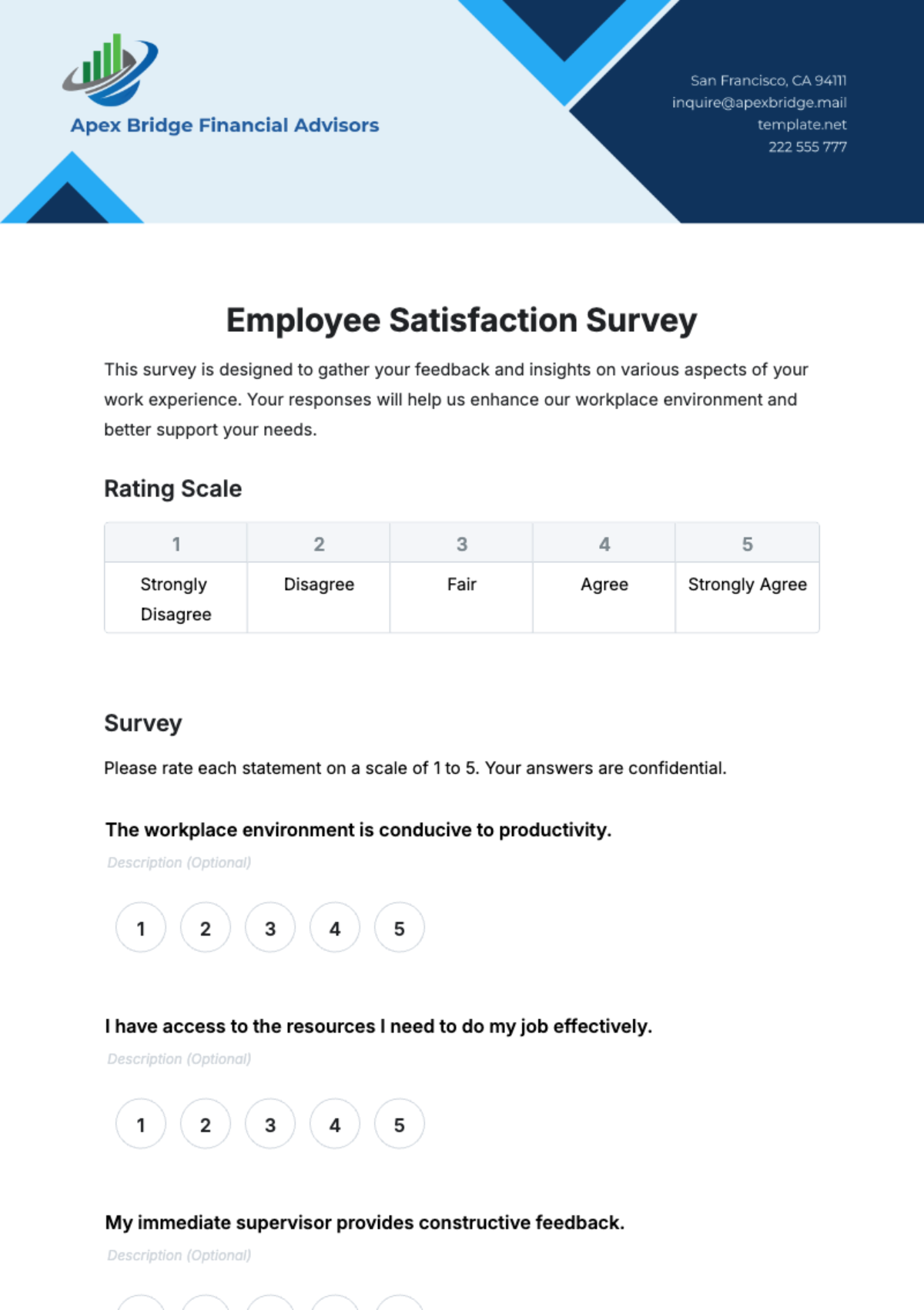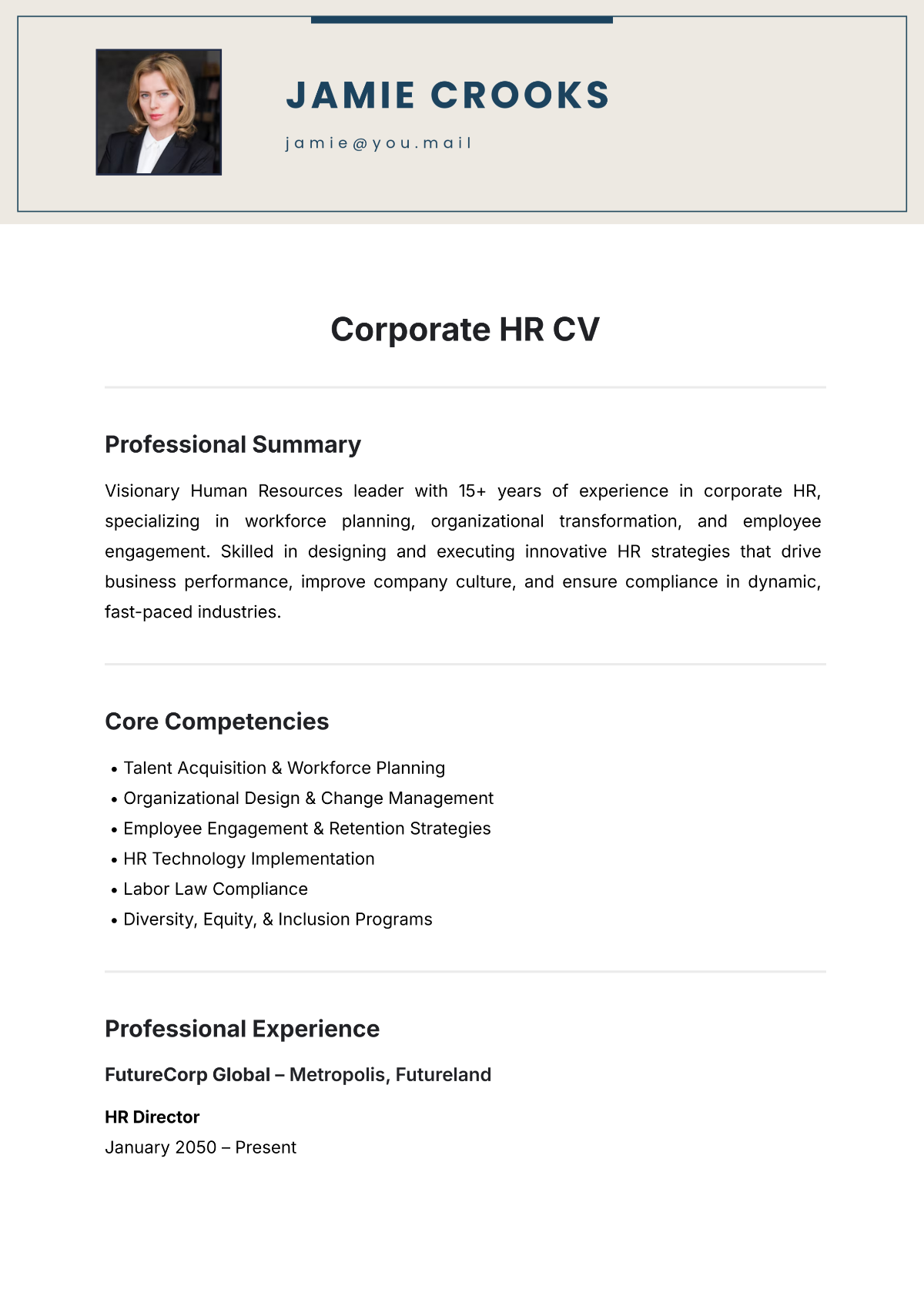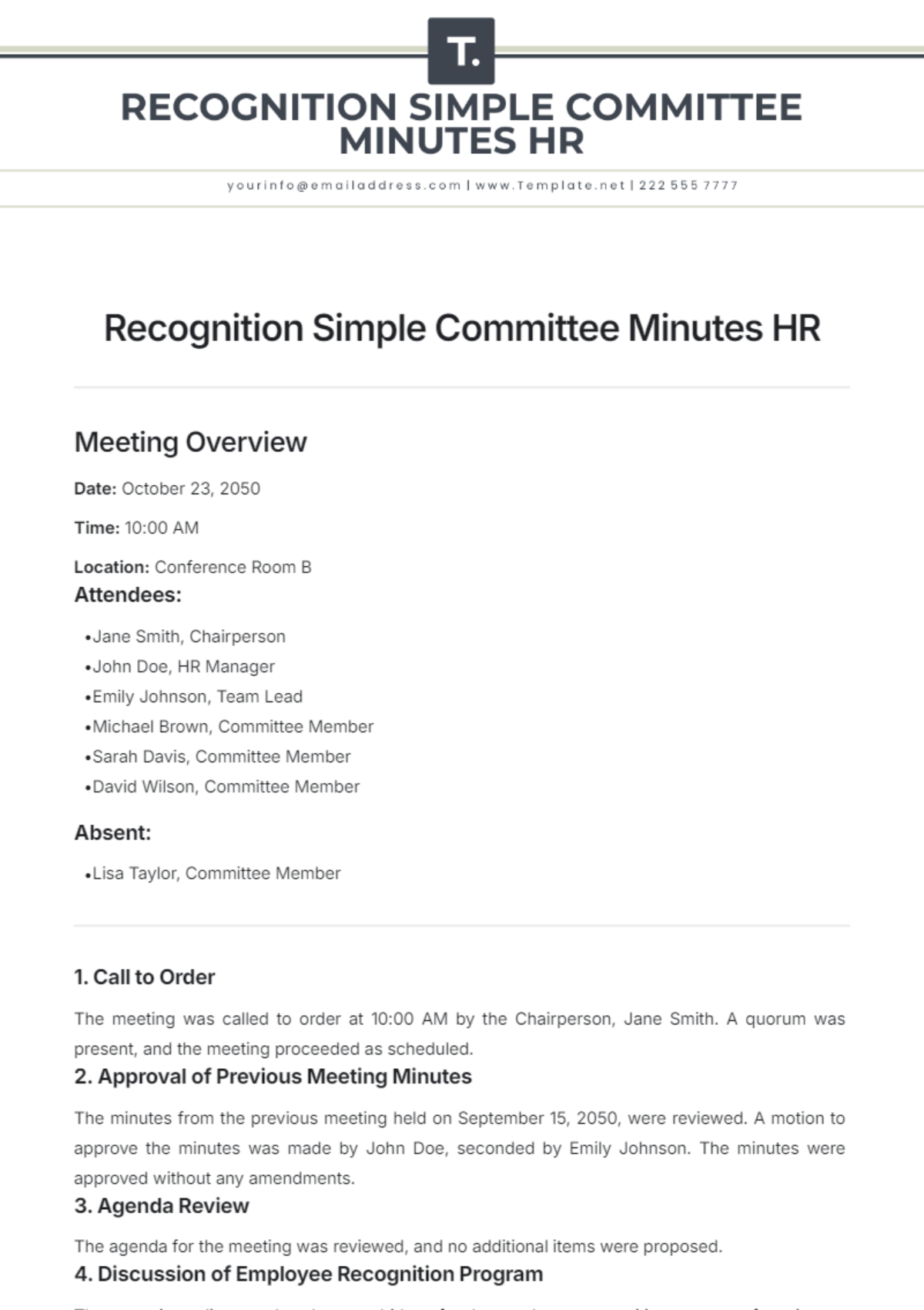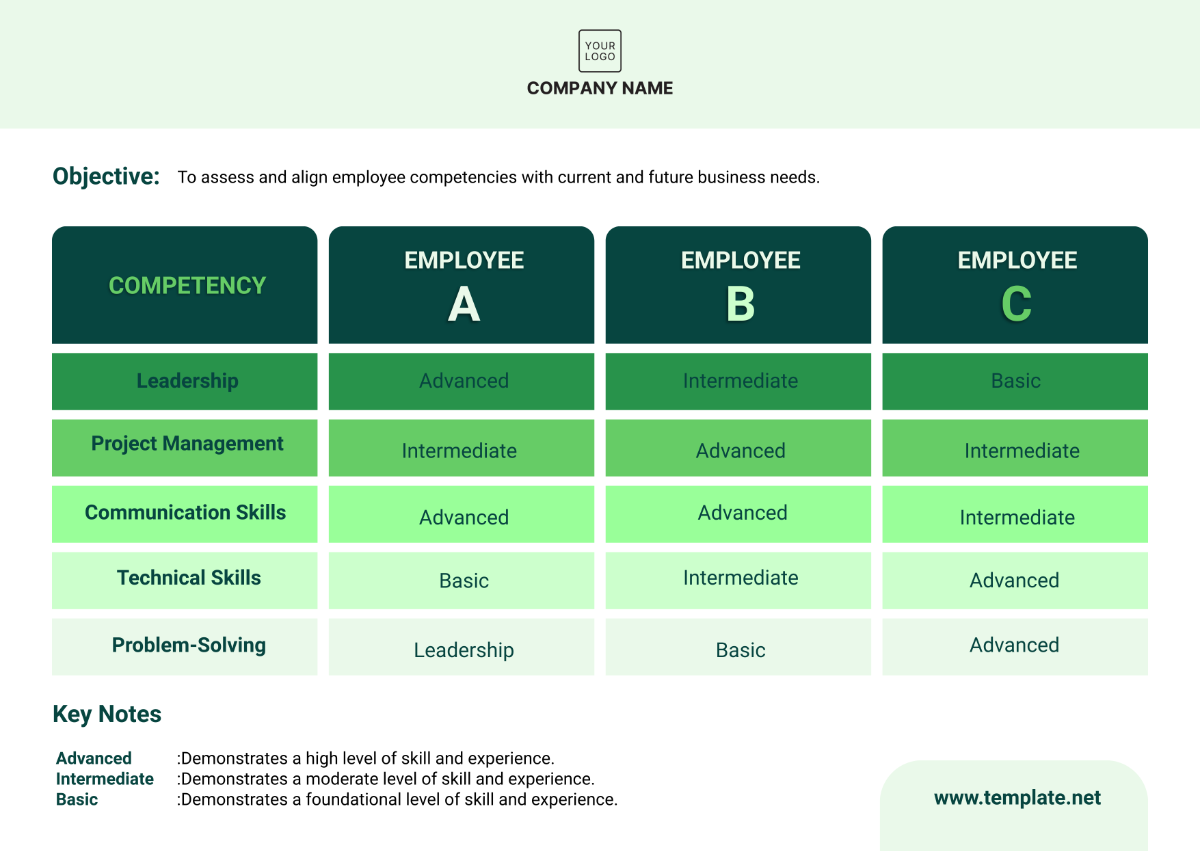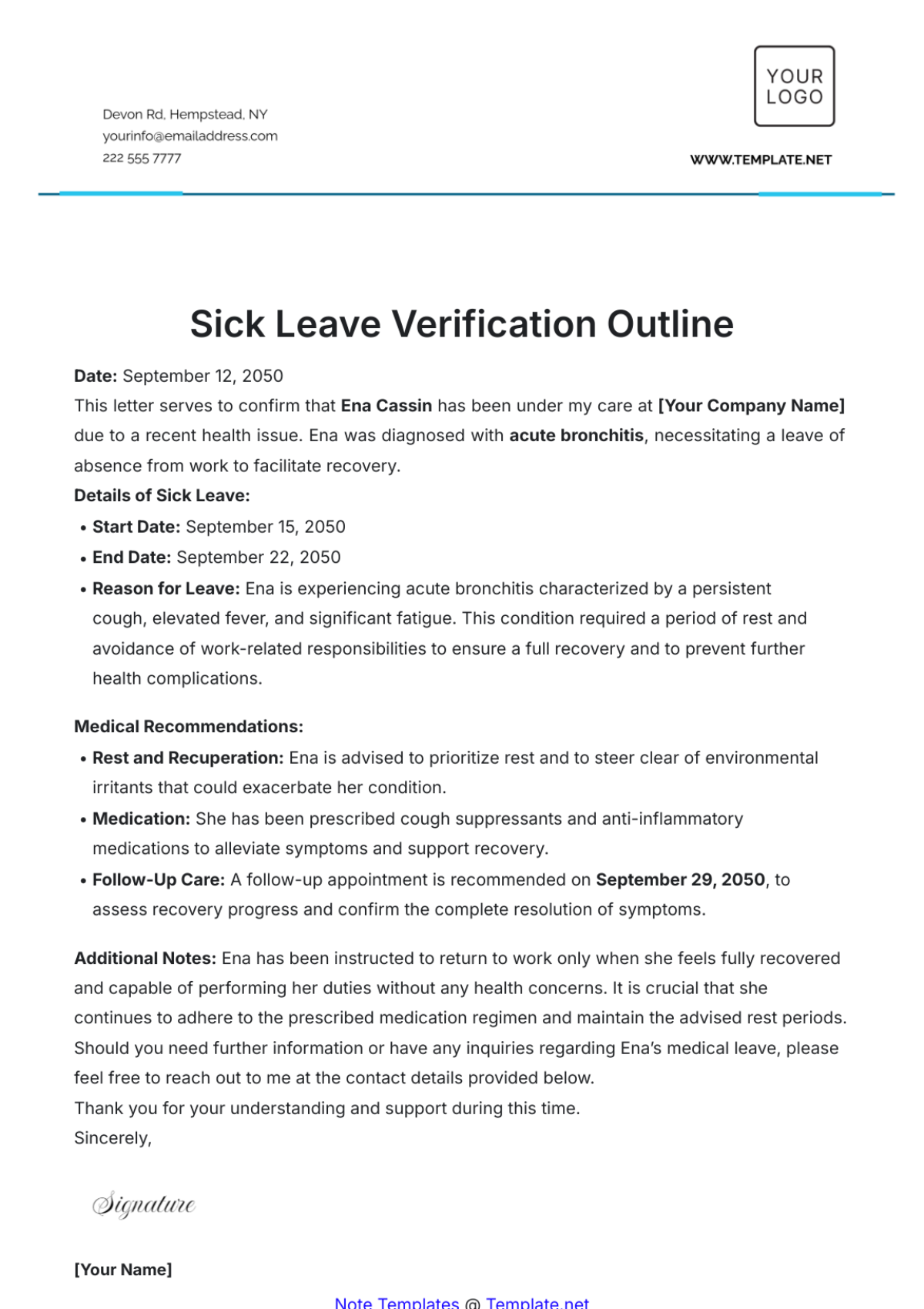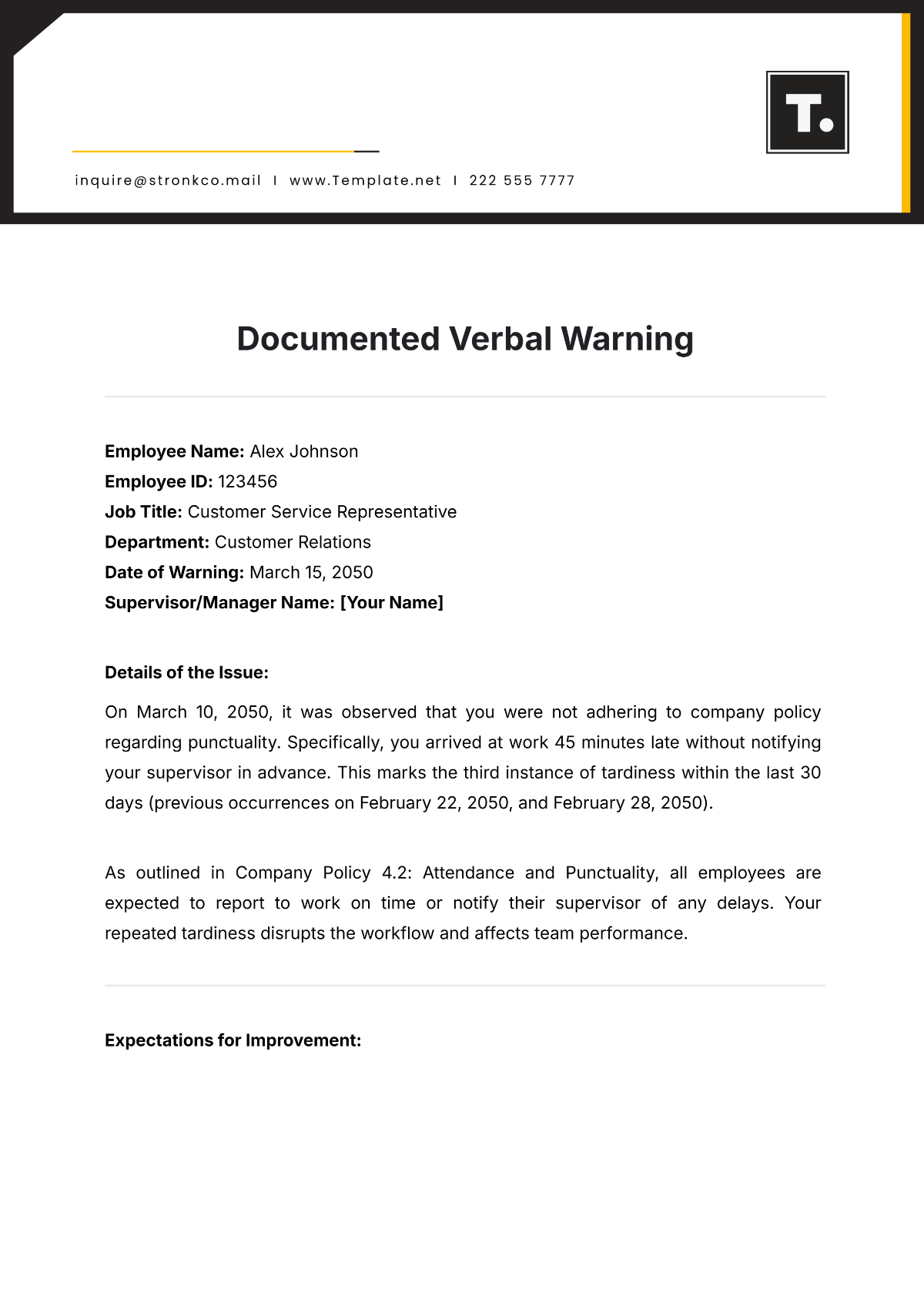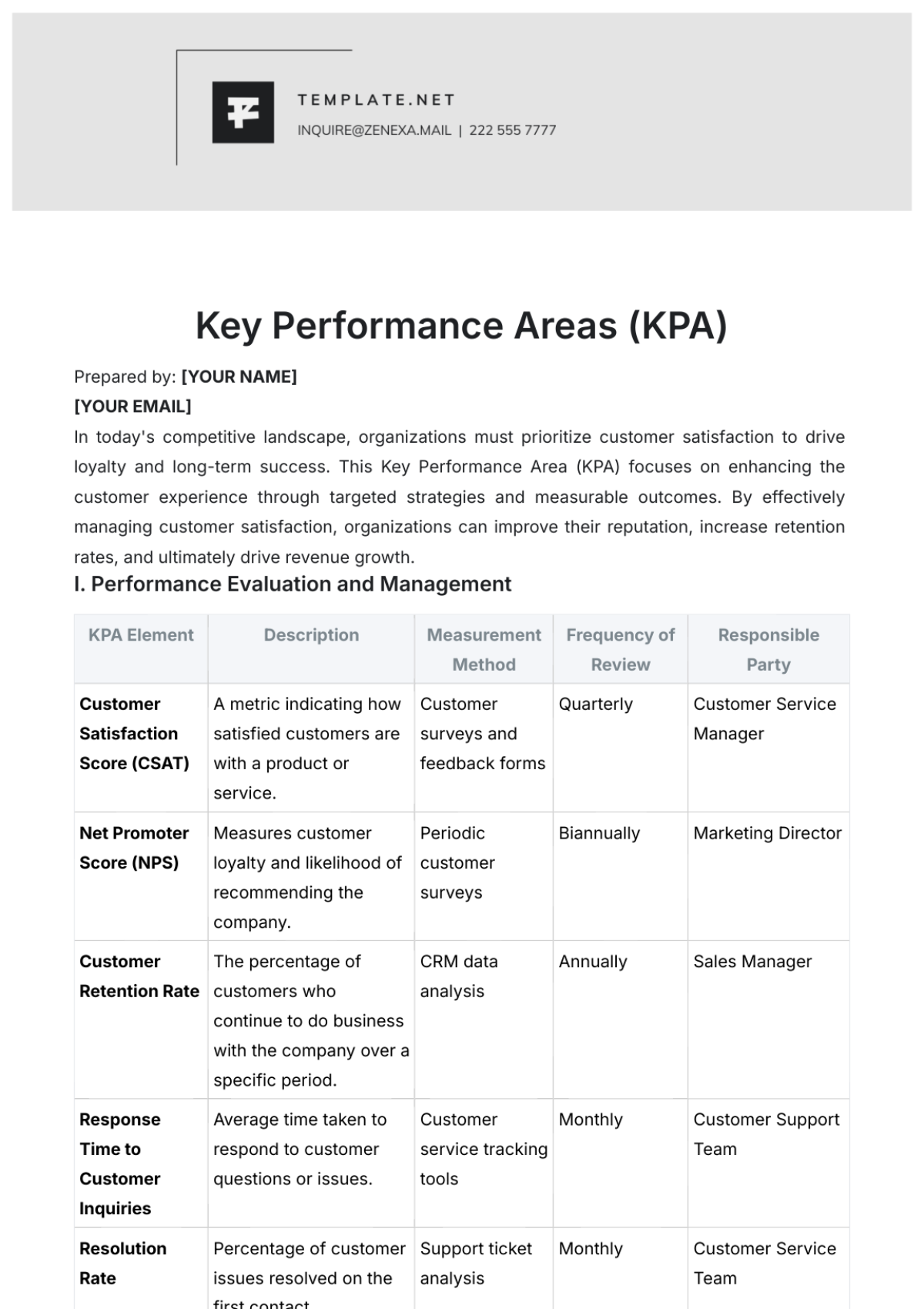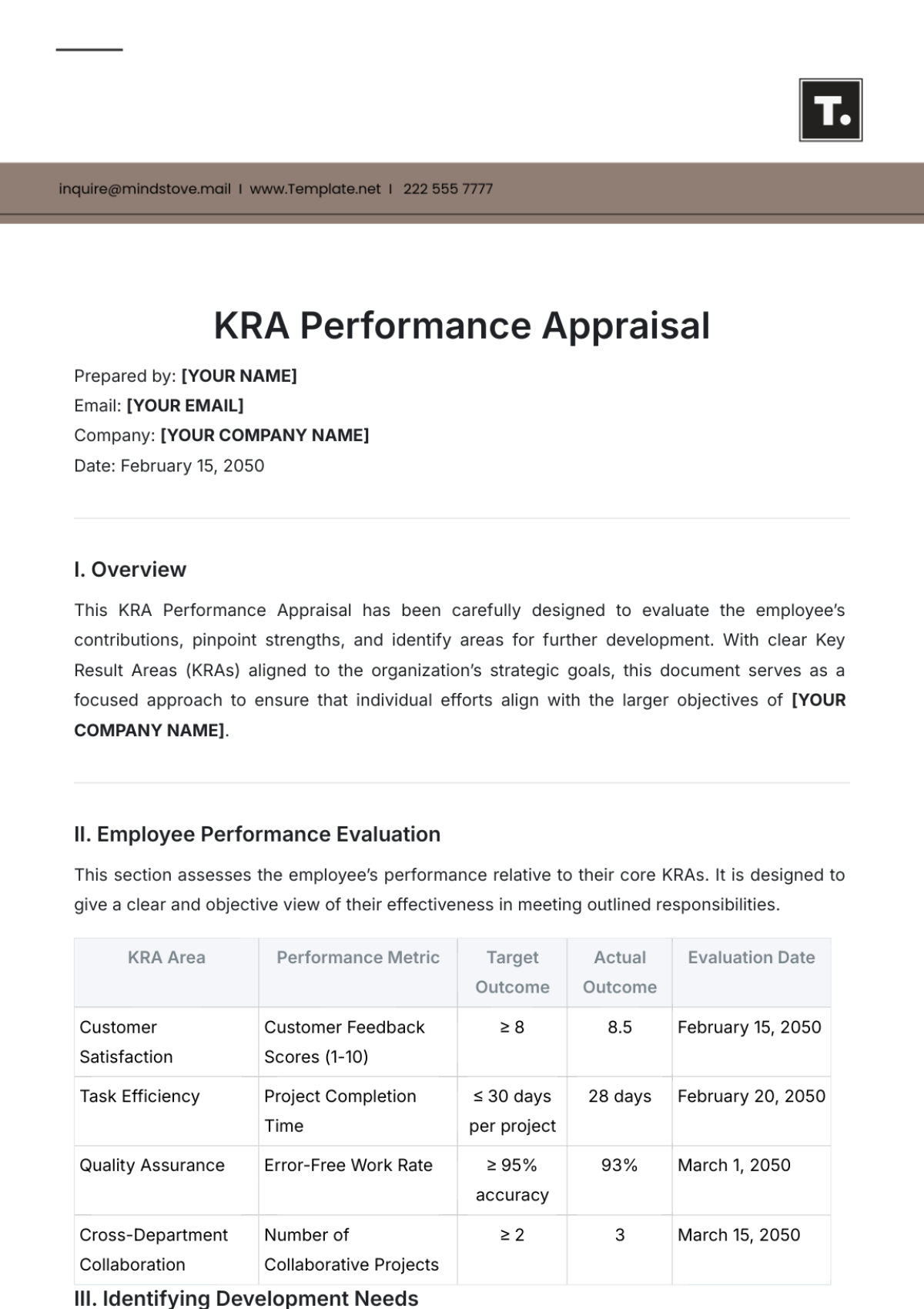Table of Contents
1.Introduction...............................................................................................................2
2. Purpose....................................................................................................................2
3. Scope .......................................................................................................................3
4. Definitions...............................................................................................................3
5. Implementation Team......................................................................................... 4
6. Timeline....................................................................................................................5
7. Process Overview.................................................................................................6
8. Software and Tools..............................................................................................7
9. Rater Selection......................................................................................................8
10. Questionnaire Design........................................................................................8
11. Communication Plan..........................................................................................9
12. Pilot Testing..........................................................................................................9
13. Feedback Collection.......................................................................................10
14. Data Analysis.....................................................................................................10
15. Feedback Delivery...........................................................................................10
16. Training.................................................................................................................10
17. Evaluation.............................................................................................................11
18. Appendices.........................................................................................................11
Introduction
This guide is designed to serve as a comprehensive, step-by-step manual for implementing a 360-degree feedback system within [Company Name]. In today's dynamic work environment, having a structured and effective feedback mechanism is crucial for fostering individual and organizational growth. The 360-degree feedback system is a multi-source assessment tool that collects comprehensive data on an employee's performance from a variety of stakeholders such as managers, peers, subordinates, and even the employees themselves. This approach ensures a holistic view of an individual's competencies, skills, and areas for improvement.
Implementing a 360-degree feedback system is a complex endeavor that involves the collaboration of multiple departments and roles within the organization. From Human Resources to IT support, the process demands coordinated efforts to ensure smooth and successful deployment. Given its multifaceted nature, the importance of having a well-defined, structured guide cannot be overstated. This document aims to navigate you through every stage of implementation, from initial planning and rater selection to questionnaire design, data analysis, and feedback delivery. With this guide, [Company Name] aims to achieve a seamless, effective, and impactful feedback system that benefits all its stakeholders.
Purpose
The overarching purpose of this guide is to establish a framework for instigating an environment of continuous improvement and growth within [Company Name] by implementing a robust 360-degree feedback system. Traditional performance assessments often only take into account the viewpoints of immediate supervisors or managers. However, to attain a more comprehensive understanding of an employee's abilities, contributions, and areas for growth, it is imperative to gather insights from multiple perspectives. This includes feedback from peers, subordinates, cross-functional colleagues, and sometimes even clients and suppliers.
By introducing a 360-degree feedback system, we aim to democratize the evaluation process, thereby minimizing biases and capturing a well-rounded view of an individual's performance. This multi-faceted approach allows us to pinpoint strengths and weaknesses more accurately, providing employees with insightful and actionable feedback for self-improvement. It also encourages a culture of open communication, mutual respect, and collaboration, all of which are fundamental for the long-term success of any organization.
The ultimate goal is to leverage the 360-degree feedback system as a powerful tool for personal and organizational development, aligning individual objectives with corporate goals, and fostering a culture of excellence that drives us forward.
Scope
The scope of this Implementation Guide is comprehensive and aims to cover all aspects related to the conceptualization, planning, development, execution, and assessment of the 360-degree feedback system within [Company Name]. It begins with the fundamental elements like determining the need for such a system, establishing an implementation team, and creating a timeline that sets key milestones and deliverables. It then delves into the specifics, such as the design and formulation of the questionnaire, the technology platforms needed, and the logistics involved in collecting feedback.
Furthermore, this guide provides detailed outlines for the communication plans that will be utilized to inform and educate all stakeholders about the process, from initiation to conclusion. It also includes information about training sessions for interpreting the feedback, and how to use it for constructive self-improvement and career development.
Additionally, we recognize the need for ongoing assessment and, as such, provide guidelines for evaluating the effectiveness of the 360-degree feedback system after its implementation. This encompasses looking into data accuracy, participant experience, and overall impact on the organization's performance and culture.
Through this guide, [Company Name] aims to offer a structured, well-thought-out roadmap that ensures the successful implementation and management of a meaningful 360-degree feedback system.
Definitions
The implementation of a 360-degree feedback system introduces a set of specific terms that all stakeholders should be familiar with to ensure a seamless and effective process. This chapter provides essential definitions that will be frequently used throughout the guide. Understanding these terms is critical for effective communication and the successful execution of the program at [Company Name].
Rater: An individual who provides feedback within the context of the 360-degree evaluation system. Raters can be managers, peers, subordinates, or even external partners like clients and suppliers, depending on the scope of the evaluation. Their input forms the backbone of the entire feedback process, helping the organization capture a multifaceted view of an employee's performance.
Ratee: The individual who is the subject of the 360-degree feedback process and receives evaluations from multiple sources. Ratees can be employees at any level within the organization. The focus of the evaluation, ratees use the feedback for self-development, career growth, and improvement in various competencies and skills.
Understanding these terms will facilitate better communication and clearer understanding as [Company Name] proceeds with the implementation of its 360-degree feedback system.
Implementation Team
Implementing a 360-degree feedback system is a multifaceted endeavor that requires the expertise and collaboration of professionals from different departments within [Company Name]. This chapter introduces the core team members responsible for guiding the implementation process from start to finish. Each member has been selected for their specialized skills and experience, and together they form the backbone of the operation. Below is a table outlining the key team members and their respective roles in the project.
Team Member | Role |
[Names] | Project Manager |
[Names] | HR Specialist |
[Names] | IT Specialist |
Project Manager: The individual responsible for overseeing the entire project, ensuring that milestones are met, and coordinating between various departments involved in the implementation.
HR Specialist: Focuses on the human aspects of the process, including communication strategies, training sessions, and ensuring alignment with organizational culture and goals.
IT Specialist: Handles the technical elements of the project, such as software selection, setup, and ensuring data security and integrity throughout the process.
Understanding the roles and responsibilities of each team member will assist in seamless communication and effective execution of the project.
Timeline
The implementation of a 360-degree feedback system is a time-sensitive and multi-stage process that demands meticulous planning and execution. To ensure that each phase is managed effectively, a clear timeline with defined start and end dates for each phase has been developed. This chapter lays out the project timeline, breaking down the various phases involved and allocating time slots for each. This will serve as a roadmap for the implementation team and all stakeholders involved in the project at [Company Name].
Phase | Start Date | End Date | Key Activities |
Planning | [Date] | [Date] | - Identifying objectives and key performance indicators (KPIs) - Selection of implementation team - Initial budget and resource allocation |
Pilot Testing | [Date] | [Date] | - Designing and circulating a pilot questionnaire - Collecting and analyzing feedback - Making necessary adjustments to the questionnaire or process |
Full Implementation | [Date] | Date] | - Rollout of the finalized questionnaire - Data collection and analysis - Feedback delivery <br/> - Post-implementation review |
Planning: The initial phase involves setting up the goals, KPIs, and selecting the right team members. Budgeting and resource allocation are also part of this phase.
Pilot Testing: Before a full rollout, a pilot test will be conducted to identify any issues or areas for improvement. This phase includes the initial circulation of questionnaires and a thorough review of the collected data.
Full Implementation: This is the execution phase, where the finalized questionnaire is distributed to the entire organization. Data collection, analysis, and feedback delivery happen in this stage, culminating in a post-implementation review to evaluate the program's effectiveness.
By adhering to this timeline, [Company Name] aims to ensure a smooth and effective implementation of the 360-degree feedback system. It serves as a guide for what to expect at each stage and helps in setting realistic deadlines for each milestone.
Process Overview
Implementing a 360-degree feedback system is a multifaceted operation that requires a disciplined approach to ensure success. This chapter provides a high-level overview of the key stages involved in the process, from initial planning to the final delivery of feedback. Each stage is crucial and serves a distinct purpose in the implementation of this complex system. Understanding these stages will offer all stakeholders, including the implementation team, a clear idea of what to expect and what activities will be undertaken at various points in time. For ease of understanding, we have also compiled this information into a detailed table that describes each phase's key activities, objectives, and expected outcomes.
Stage | Key Activities | Objectives | Expected Outcomes |
Planning | - Set objectives <br/> - Identify KPIs <br/> - Budget allocation <br/> - Select implementation team | - Clearly define what the 360-degree feedback program aims to achieve <br/> - Allocate resources | - A detailed project plan <br/> - Resource allocation plan |
Rater Selection | - Identify potential raters <br/> - Establish criteria for selection <br/> - Train the raters | - Select reliable and appropriate raters | - A list of qualified raters |
Questionnaire Design | - Develop questions <br/> - Align questions with KPIs <br/> - Review and finalize the questionnaire | - Create a questionnaire that accurately measures key competencies and skills | - A finalized questionnaire ready for distribution |
Pilot Testing | - Distribute pilot questionnaire <br/> - Collect data <br/> - Analyze results | - Test the effectiveness and accuracy of the questionnaire <br/> - Identify areas for improvement | - Refined questionnaire <br/> - Pilot test report |
Feedback Collection | - Distribute the finalized questionnaire <br/> - Monitor response rates <br/> - Collect feedback | - Obtain comprehensive data on each ratee | - Collected data ready for analysis |
Data Analysis | - Compile data <br/> - Analyze findings <br/> - Interpret results | - Make sense of the collected feedback <br/> - Identify trends and patterns | - Analyzed data <br/> - Summary report of findings |
Feedback Delivery | - Schedule feedback sessions <br/> - Prepare feedback reports <br/> - Conduct feedback discussions | - Communicate the findings to the ratees in a constructive manner | - Completed feedback sessions <br/> - Reports delivered to ratees <br/> - Plans for future actions |
This comprehensive table should serve as a roadmap for the implementation team and guide each member through the complexities of each stage. It ensures that everyone is aligned with the objectives, key activities, and expected outcomes, fostering an environment conducive to the successful implementation of the 360-degree feedback system at [Company Name].
Software and Tools
The choice of software and tools is a crucial factor in the effective implementation and ongoing management of a 360-degree feedback system. For this project, [Company Name] has selected [Software Name] as the primary platform for automating the feedback process. [Software Name] was chosen based on several key criteria, including its user-friendly interface, scalability, data analytics capabilities, and robust security features.
The user-friendly interface ensures that both raters and ratees can navigate through the system with ease, reducing the learning curve and enhancing user engagement. [Software Name]'s scalability allows for easy adjustments and updates, making it a future-proof solution that can adapt to [Company Name]'s evolving needs. Additionally, the platform's data analytics tools provide in-depth analysis and insights, from data collection to graphical representations, which are critical for accurate feedback interpretation.
Moreover, [Software Name] places a high priority on data security, offering features like encrypted data storage and secure data transmission protocols to protect sensitive employee information. This aligns well with [Company Name]'s commitment to safeguarding employee data.
Another reason for choosing [Software Name] is its seamless integration capabilities with other HR systems, making it easier to sync and manage data across platforms. It also offers multi-platform accessibility, allowing employees to provide or view feedback via desktop or mobile devices, further boosting participation rates.
By utilizing [Software Name], [Company Name] aims to streamline and automate much of the administrative work associated with the 360-degree feedback process. This enables the HR and implementation teams to focus more on strategic aspects like data interpretation, feedback delivery, and action planning, thereby maximizing the effectiveness and impact of the 360-degree feedback system.
Rater Selection
The Rater Selection chapter delves into one of the most critical aspects of the 360-degree feedback process: choosing the individuals who will provide feedback. Given the pivotal role that raters play in shaping the accuracy and impact of the entire exercise, their selection must be approached with due diligence. To streamline this process, we have designed a form to be filled out by the ratee, enabling them to select potential raters based on predefined categories like Manager, Peer, Subordinate, and others. This proactive involvement of the ratee in the rater selection process ensures that feedback is sourced from individuals who have substantial professional interactions with them, thereby enhancing the reliability and relevance of the feedback. The subsequent sections of this chapter will elaborate on the importance of each category of rater, the criteria for their selection, and the methodology for finalizing the list of raters.
Name | Relationship | |
[Names] | Manager | [Personal Email] |
[Names] | Peer | [Personal Email] |
Questionnaire Design
The design of the questionnaire is a cornerstone in the 360-degree feedback process, impacting the quality and utility of the feedback received. Below are the main sections that will be included in the questionnaire, along with brief details for each:
Professional Skills: This section aims to evaluate the technical and job-specific skills of the ratee. Questions may focus on expertise in relevant software, problem-solving abilities, and overall proficiency in role-specific tasks.
Communication: This section is designed to assess the ratee's effectiveness in both verbal and written communication. It will gauge their ability to articulate ideas clearly, listen actively, and engage in meaningful conversations with colleagues.
Teamwork: Here, the focus is on the ratee's ability to work well in a team environment. Questions will explore skills such as collaboration, conflict resolution, and contributions to team objectives and morale.
These sections aim to provide a balanced and comprehensive view of an employee's strengths and areas for improvement, contributing to the overall effectiveness of the 360-degree feedback system at [Company Name].
Communication Plan
Effective communication is the linchpin that holds together the complex fabric of a 360-degree feedback implementation process. Recognizing the importance of keeping all stakeholders—employees, managers, and executive leadership—informed and engaged, [Company Name] has devised a comprehensive Communication Plan. This plan utilizes a multi-pronged approach to ensure clarity, transparency, and inclusivity.
The cornerstone of the plan is regular email communication, which will serve to update all employees on key milestones, deadlines, and changes related to the 360-degree feedback process. Emails are a direct and formal channel for providing written guidelines, schedules, and other crucial information that employees can refer back to.
To complement email communication, town hall meetings will be conducted at strategic intervals throughout the implementation process. These meetings offer an interactive platform for stakeholders to ask questions, seek clarification, and share their perspectives. They also provide leadership with an opportunity to communicate the significance and expected benefits of the new feedback system, thereby driving organizational buy-in.
Lastly, departmental briefings will be conducted to provide more targeted information and training specific to each department's needs. These briefings allow for a more intimate and interactive setting, where employees can discuss how the 360-degree feedback system will affect their day-to-day operations and what specific roles they will play in its successful implementation.
Through this multi-channel approach, [Company Name] aims to ensure that everyone involved is well-informed, aligned with the project’s goals, and engaged in contributing to its success.
Pilot Testing
Pilot testing serves as a critical precursor to the full-scale implementation of the 360-degree feedback system at [Company Name]. A carefully selected small group, representative of various roles, departments, and hierarchical levels within the organization, will participate in this initial phase. The aim of the pilot testing is to assess the effectiveness and relevance of the questionnaire, the user-friendliness of the software platform, and the overall feasibility of the system. By analyzing the feedback collected from this small group, the implementation team can identify any bottlenecks, ambiguities, or areas for improvement. Adjustments will be made based on these insights, ranging from fine-tuning the questionnaire to modifying the software interface or even rethinking certain aspects of the process. This iterative approach ensures that any challenges are addressed in a controlled environment before the system is rolled out to the entire organization, thereby mitigating risks and enhancing the likelihood of a successful implementation.
Feedback Collection
The Feedback Collection phase is the operational crux of the 360-degree feedback system at [Company Name], where all the planning and preparation come to fruition. Employees participating in the program will receive an email containing a secure link to the online questionnaire hosted on [Software Name]. This email serves multiple purposes: it ensures confidentiality, helps employees easily access the questionnaire, and serves as a formal channel to communicate the deadline for feedback submission, set for [Date]. It is imperative that employees adhere to this deadline to facilitate a smooth data analysis process following the collection phase. In addition to the email, reminders may be sent out to encourage completion, and progress will be continuously monitored to assess the response rate. This targeted, time-bound approach helps to keep the process streamlined and ensures that comprehensive data is collected within a defined timeframe for subsequent analysis and feedback delivery.
Data Analysis
Once the feedback collection phase concludes, the next critical step is Data Analysis. All the gathered feedback will be anonymized to ensure confidentiality and unbiased interpretation. The analysis will be conducted using [Software Name], which offers advanced analytics capabilities designed for a detailed examination of the data. Features may include statistical evaluations, trend analyses, and graphical representations of the collected feedback. This data-driven approach enables [Company Name] to obtain valuable insights into employee performance, organizational strengths, and areas for improvement, setting the stage for meaningful and actionable feedback delivery.
Feedback Delivery
The culmination of the 360-degree feedback process is the Feedback Delivery phase. By [Date], individualized feedback reports will be generated and sent via email to each ratee. These reports are designed to provide a comprehensive view of the ratee's performance, featuring both strengths and areas for improvement. This timely delivery allows ratees ample time to digest the feedback and take actionable steps towards their personal and professional development.
Training
To ensure that the feedback collected is not only understood but also acted upon effectively, [Company Name] will organize mandatory training sessions for both managers and employees. These sessions will provide guidelines on how to interpret the data and feedback reports, as well as actionable strategies for performance improvement. The goal is to equip everyone with the tools they need to translate feedback into meaningful change.
Evaluation
After the full implementation of the 360-degree feedback system, [Company Name] will conduct a post-implementation review to evaluate the overall effectiveness of the program. This assessment will consider multiple facets, including the user experience of the software, the quality and relevance of the feedback, and any observable changes in employee performance or workplace culture. The aim is to identify areas for improvement and to measure the ROI (Return on Investment) of the initiative, thereby informing any future cycles of feedback or broader HR strategies.
Appendices
Sample Questionnaire (Attachment)
Communication Templates (Attachment)
FAQ (Attachment)
For questions or concerns, please contact [Names] at [Company Email].
Thank you for participating in the 360-Degree Feedback Program at [Company Name].

